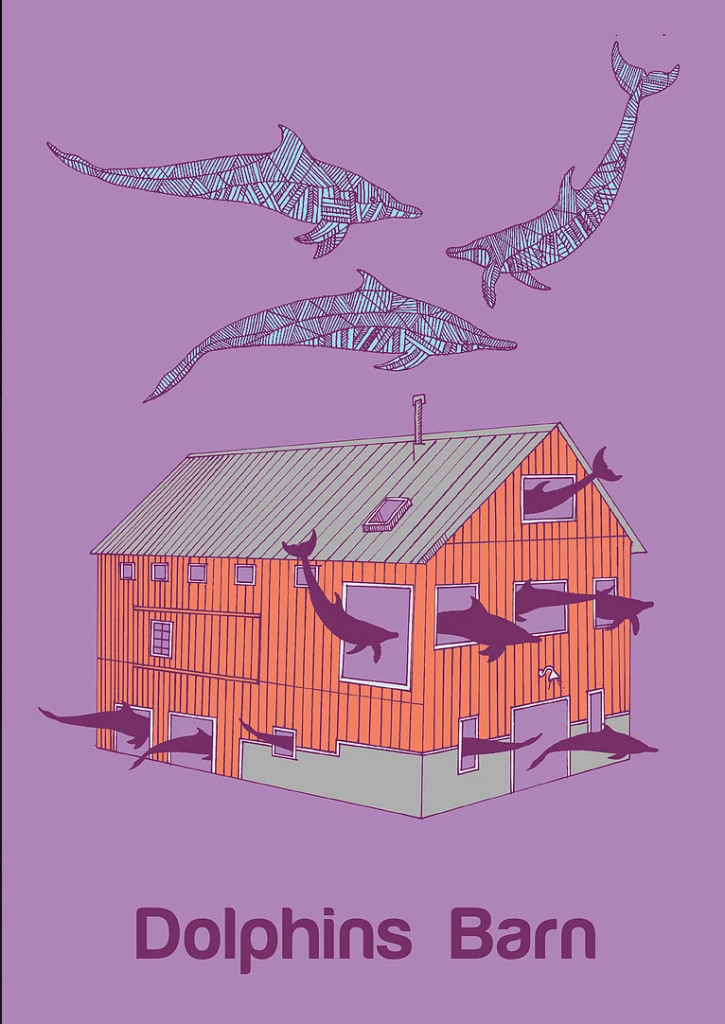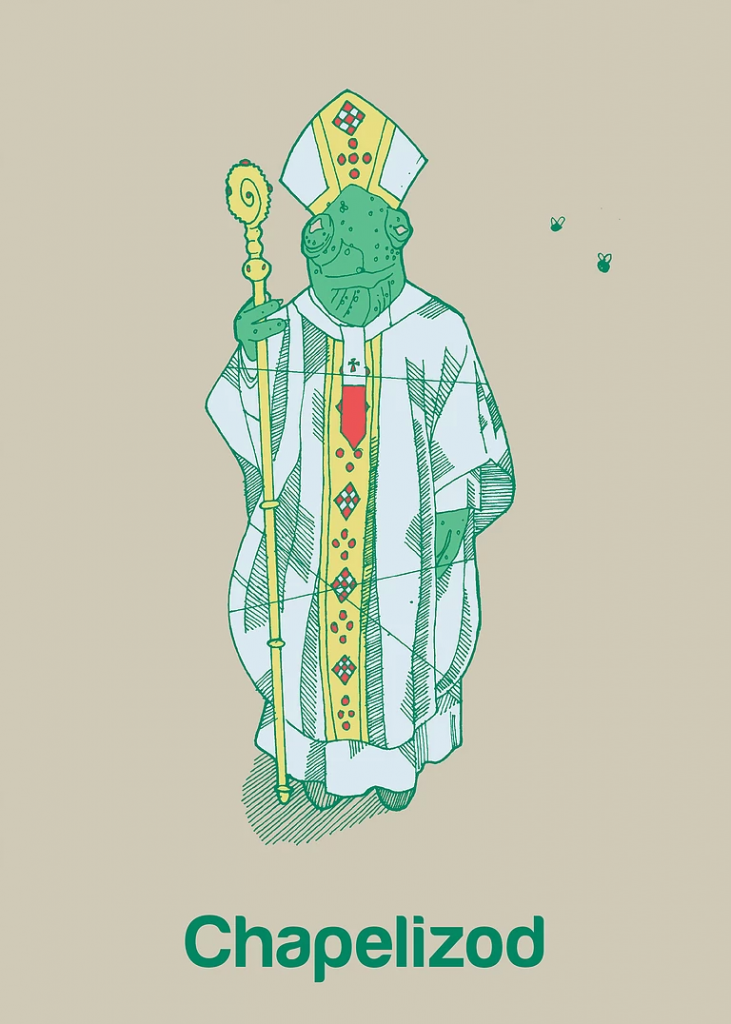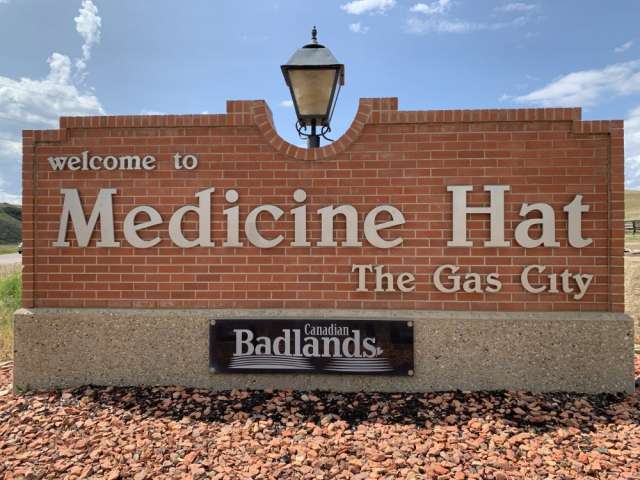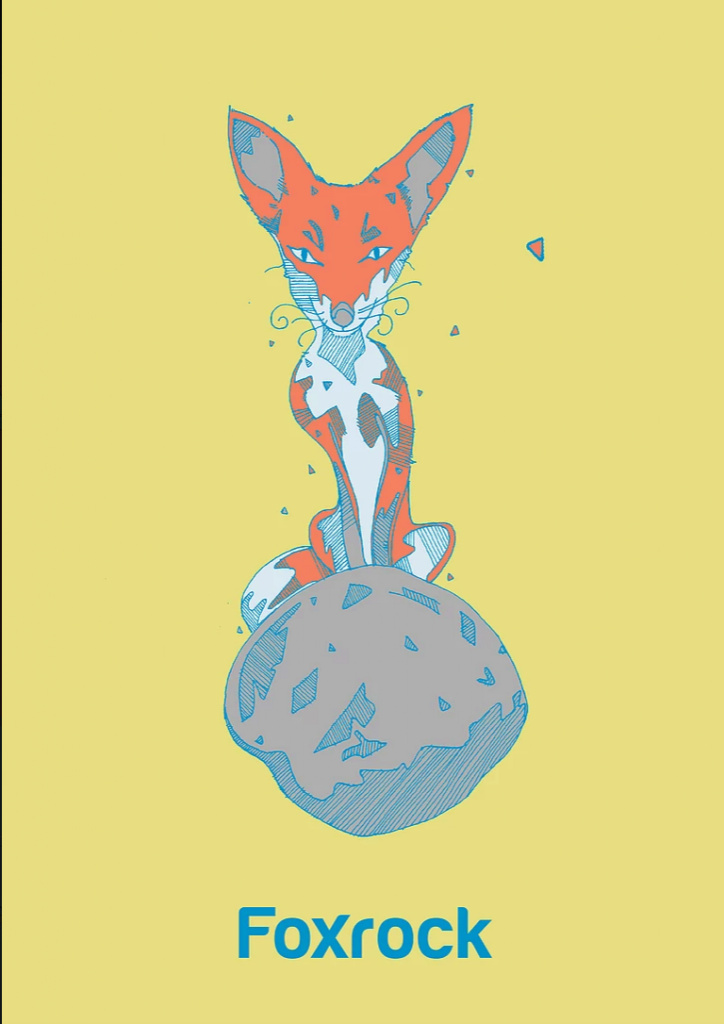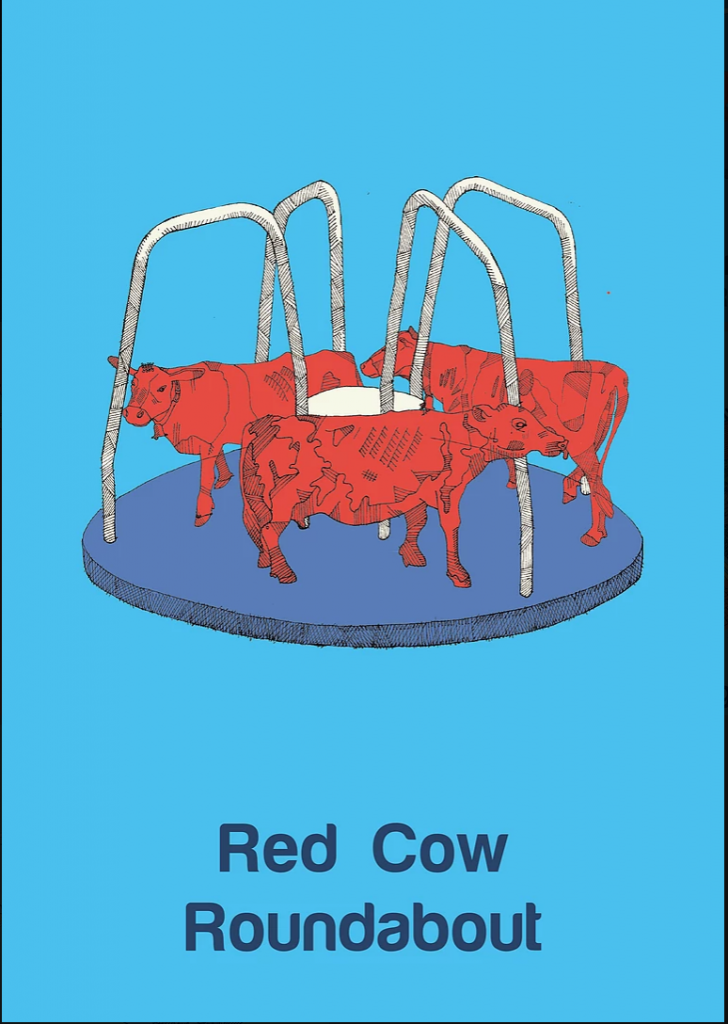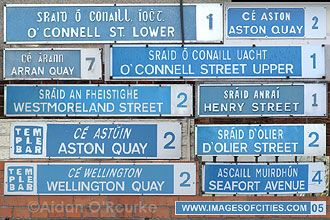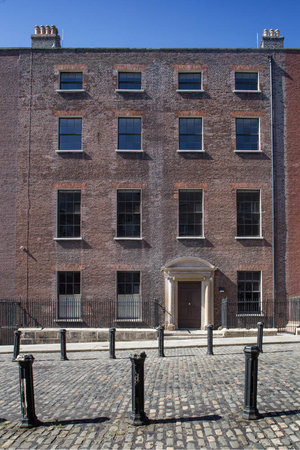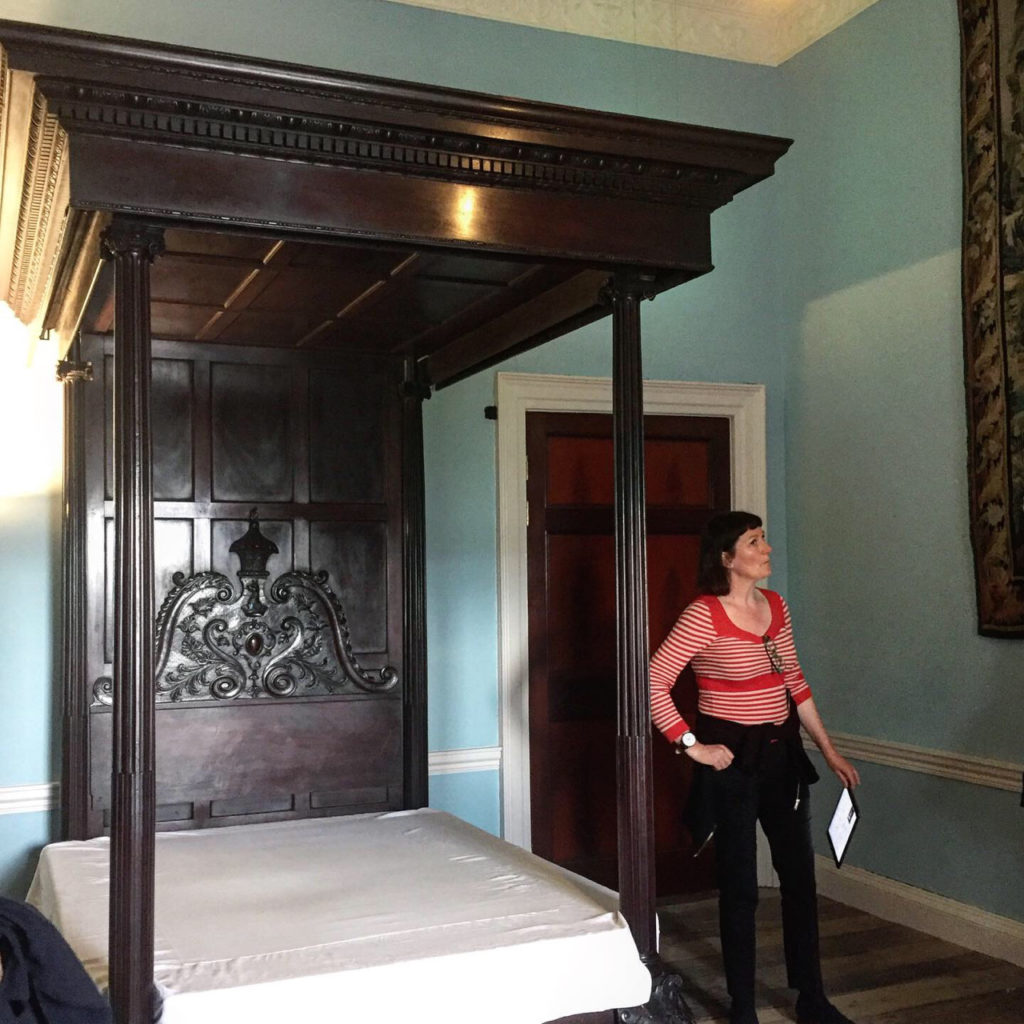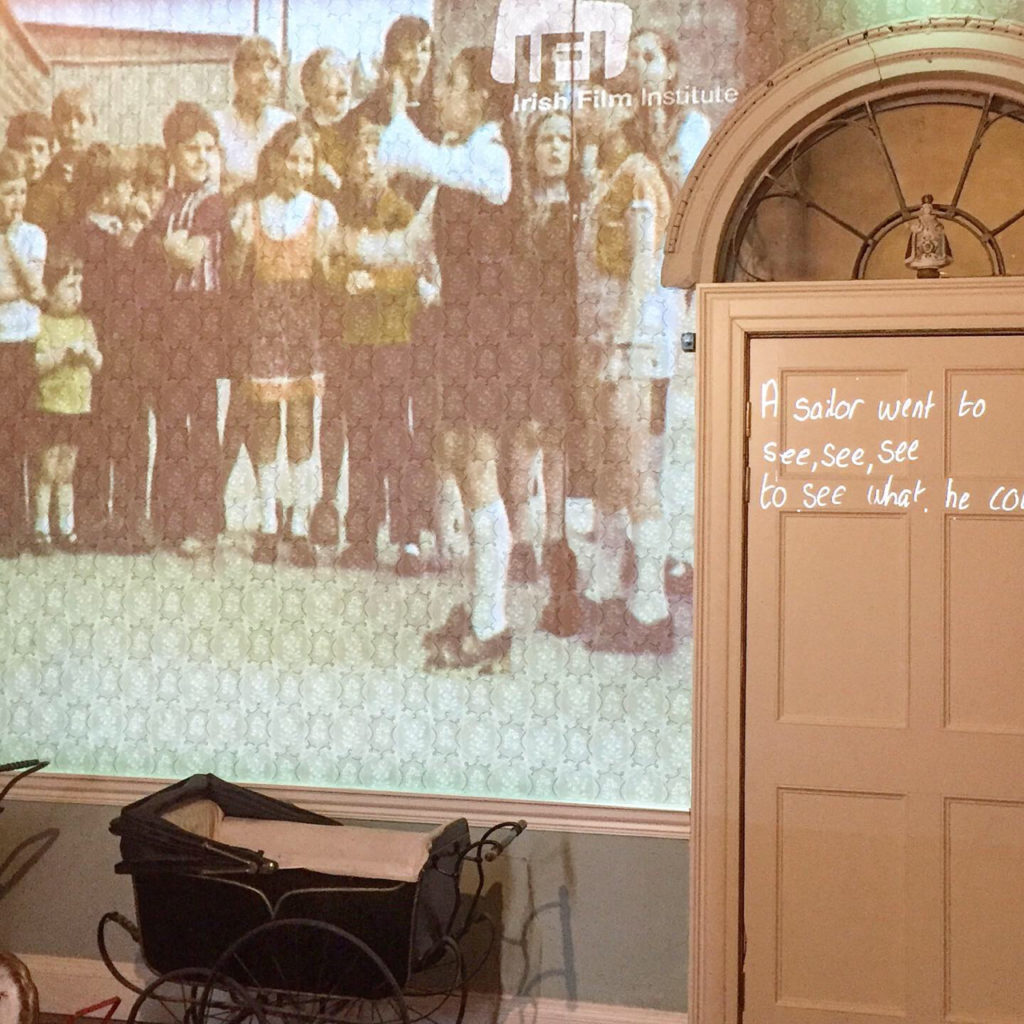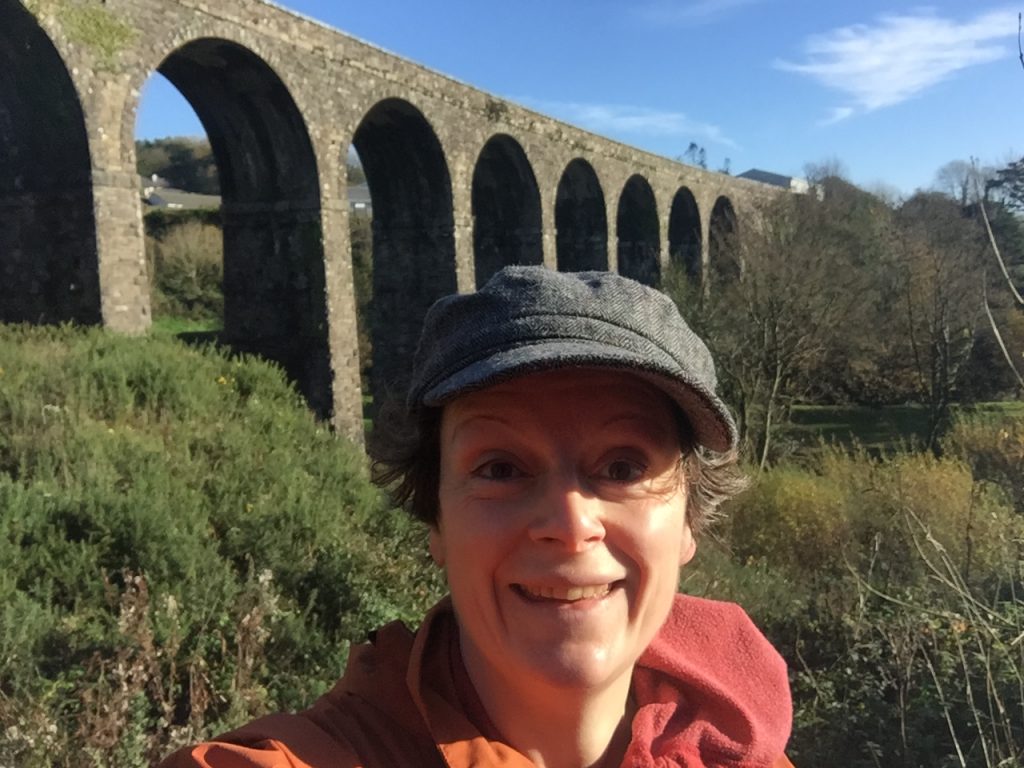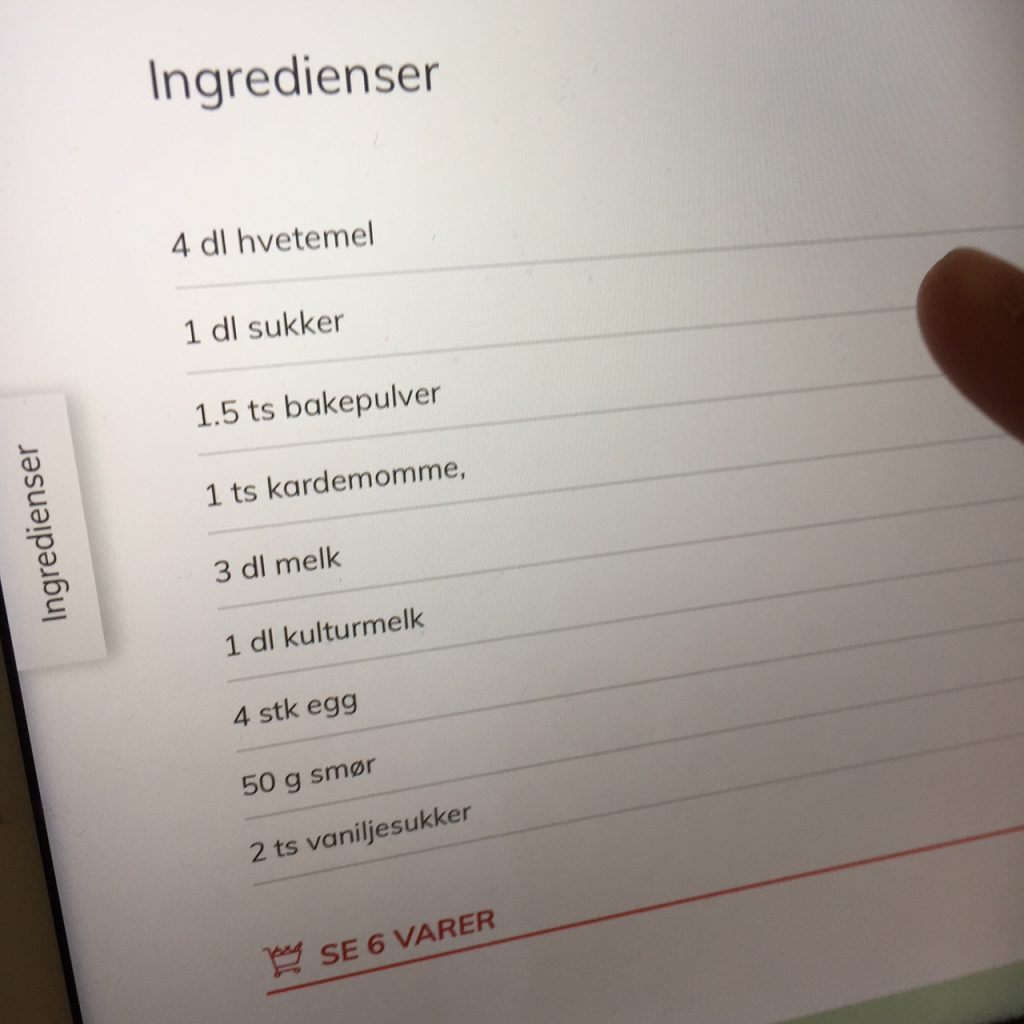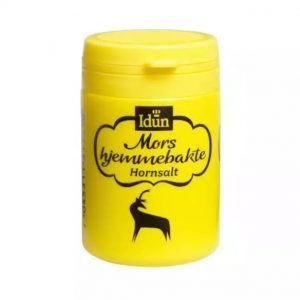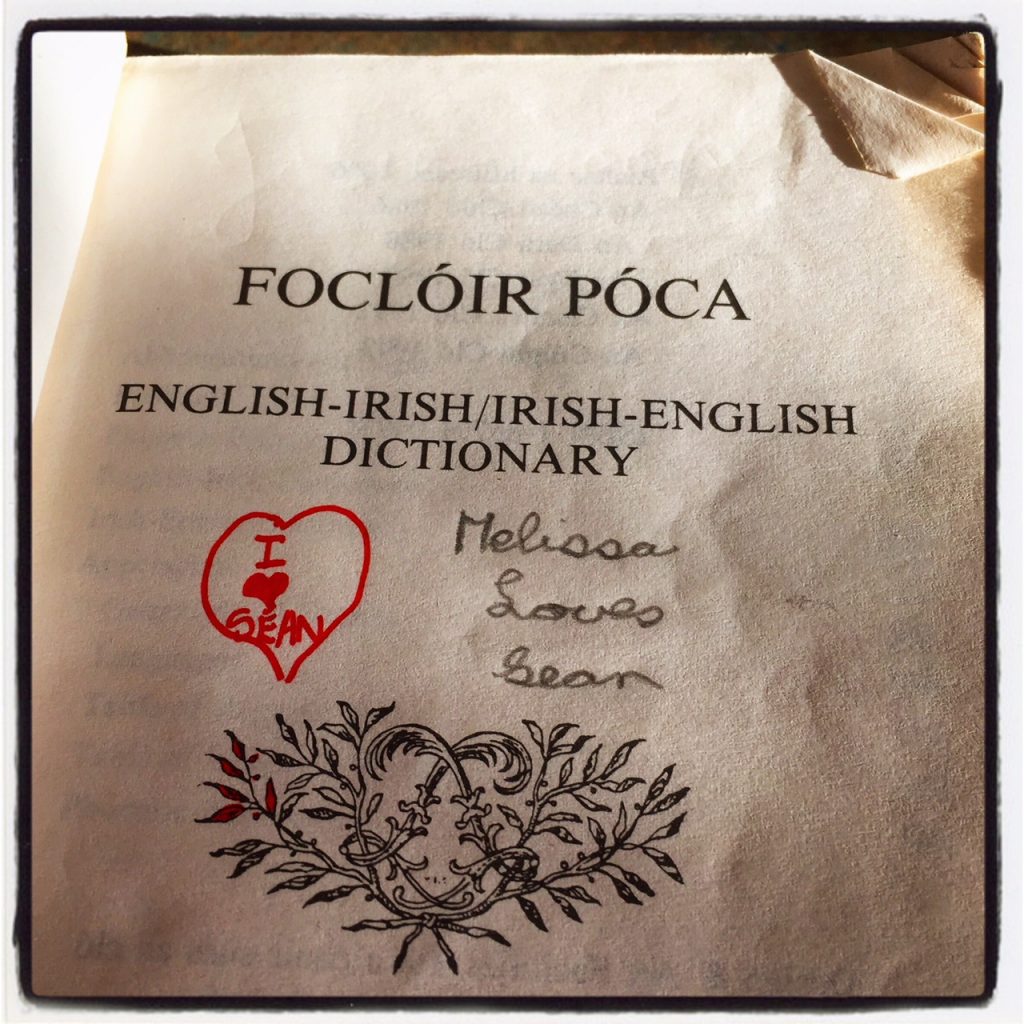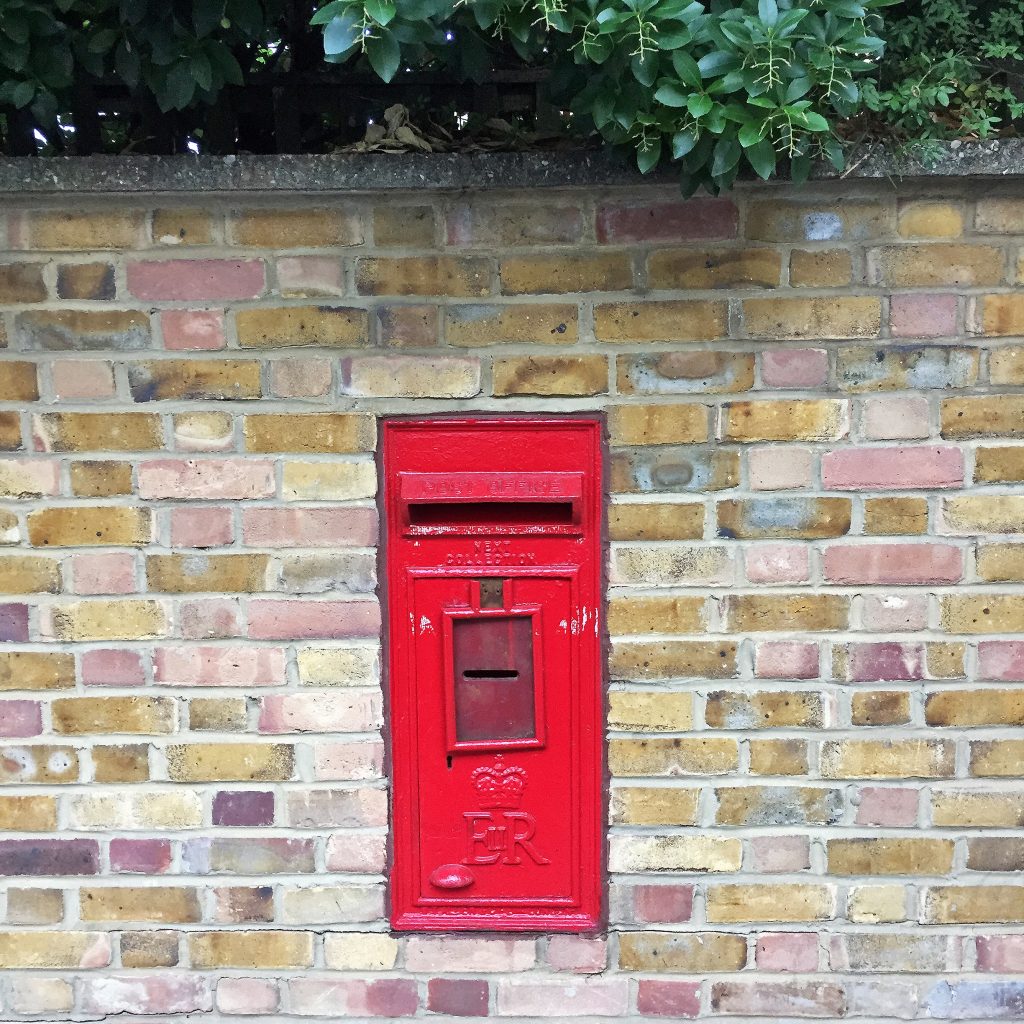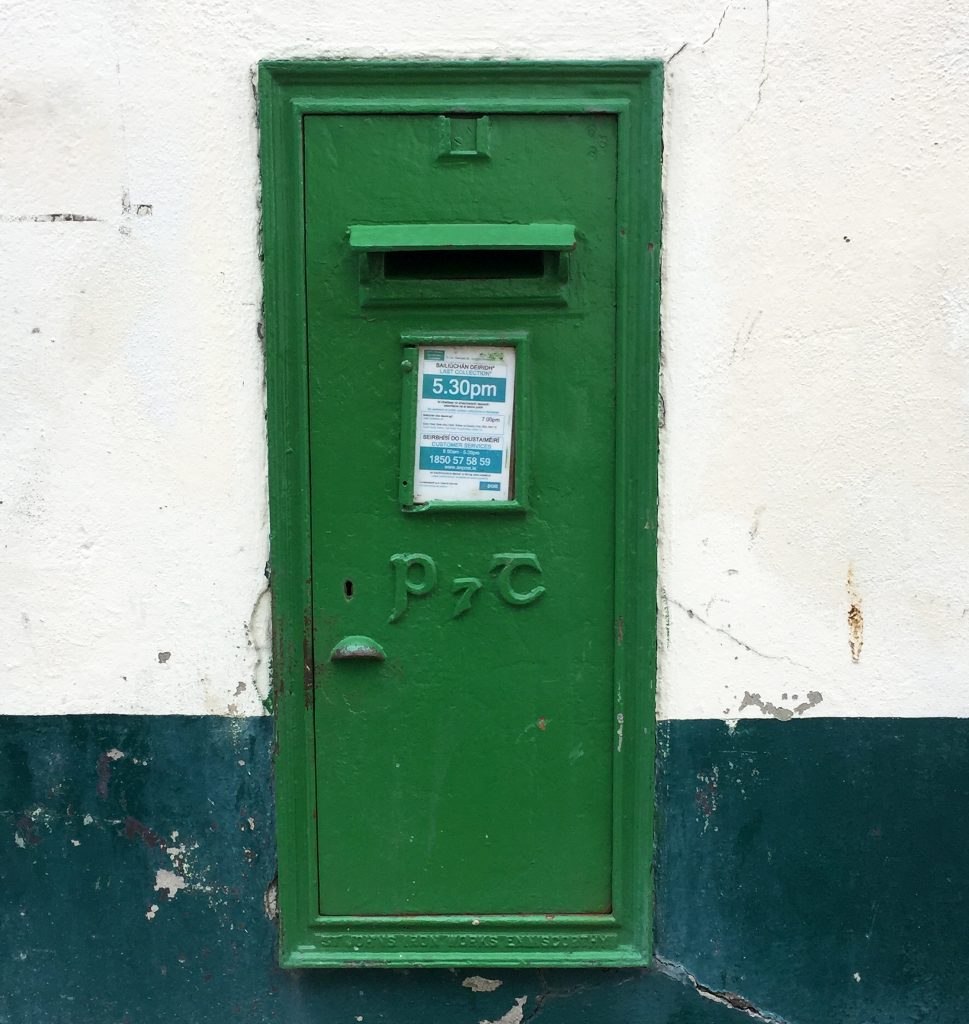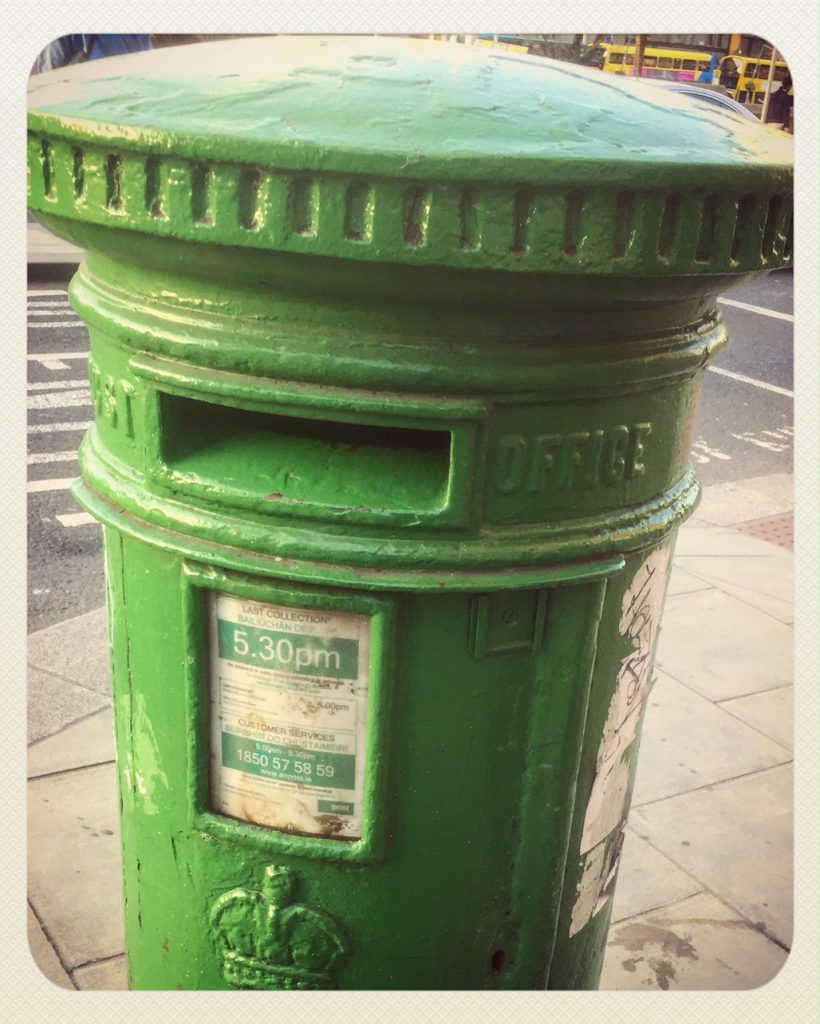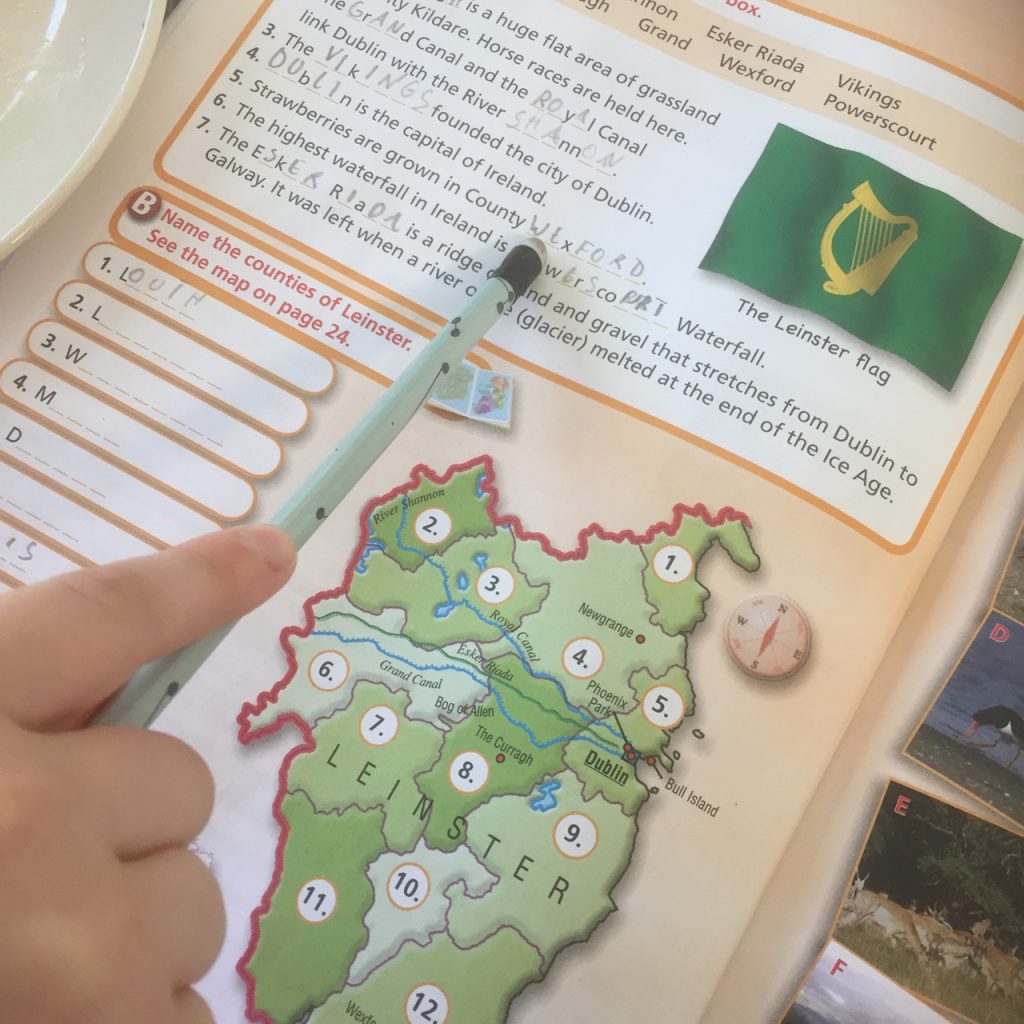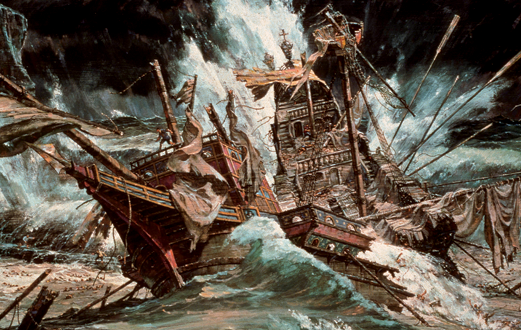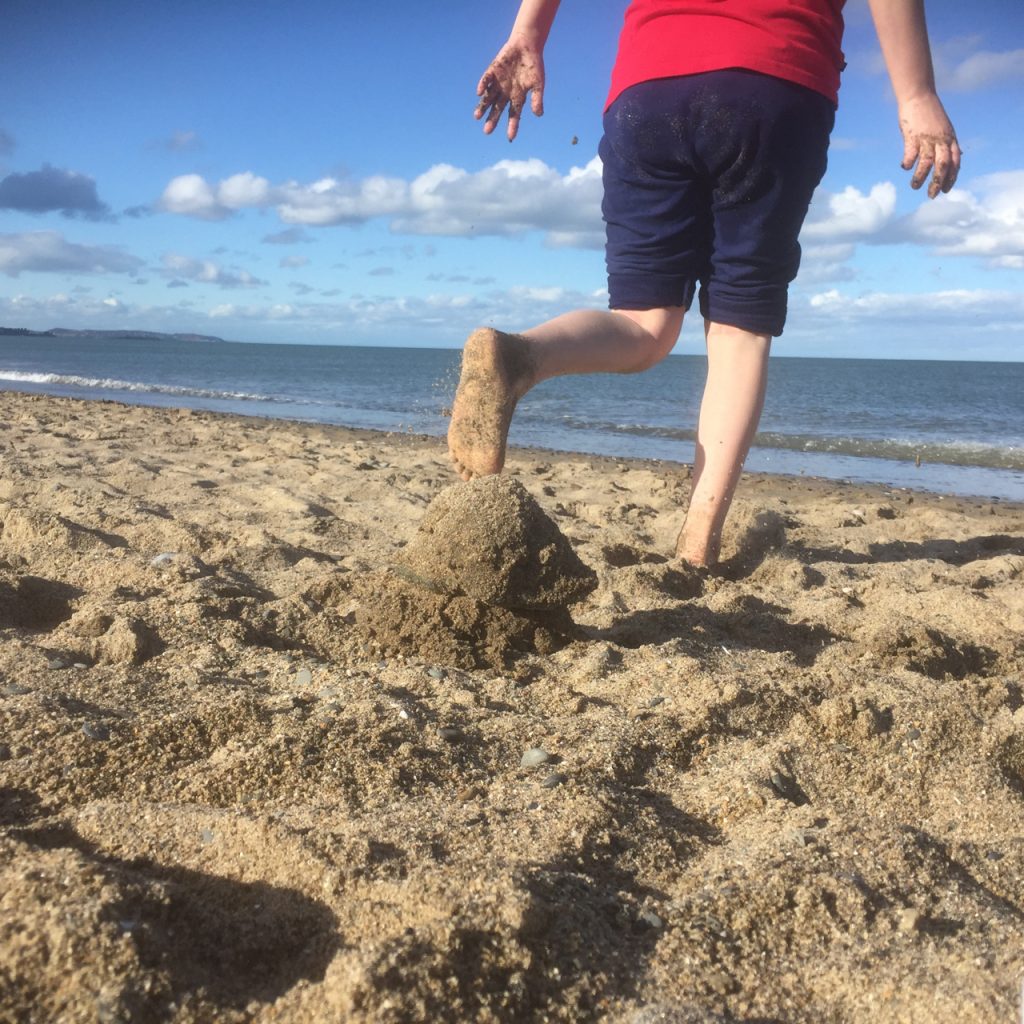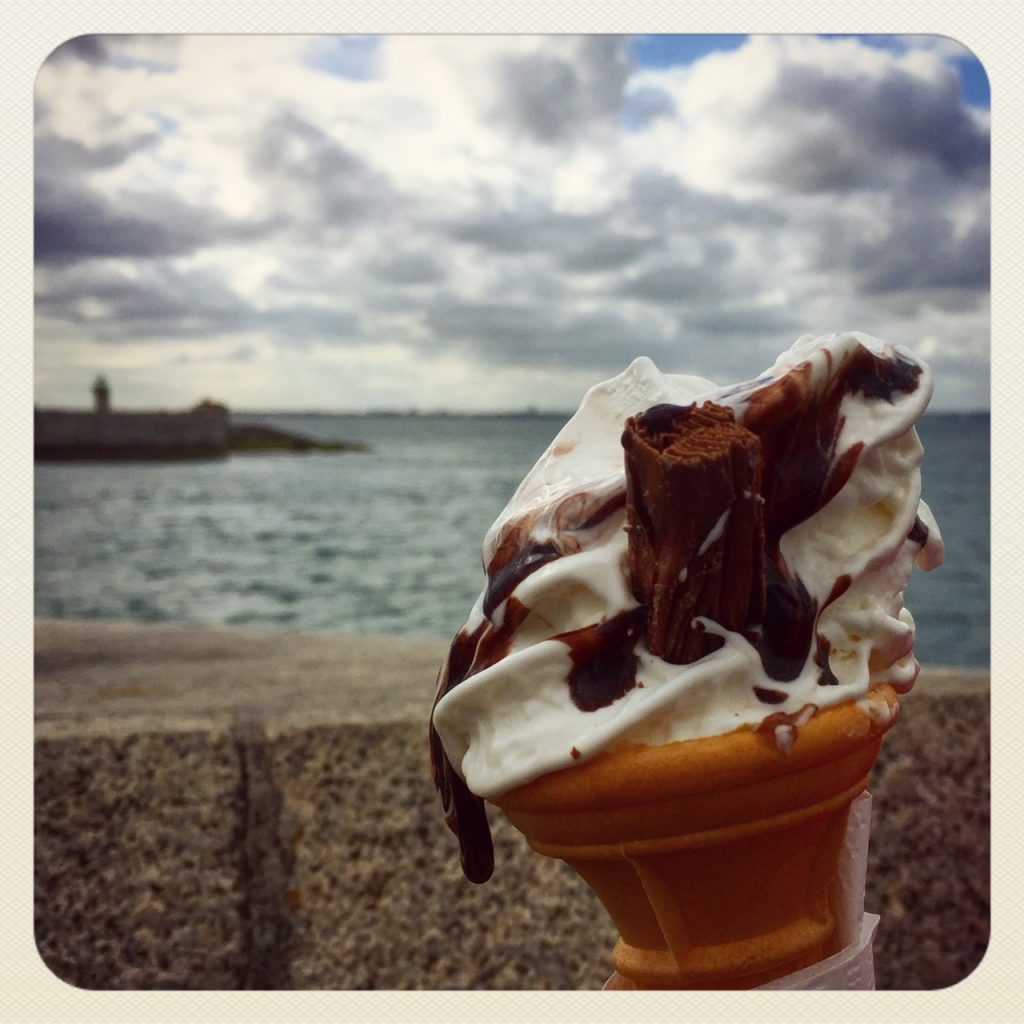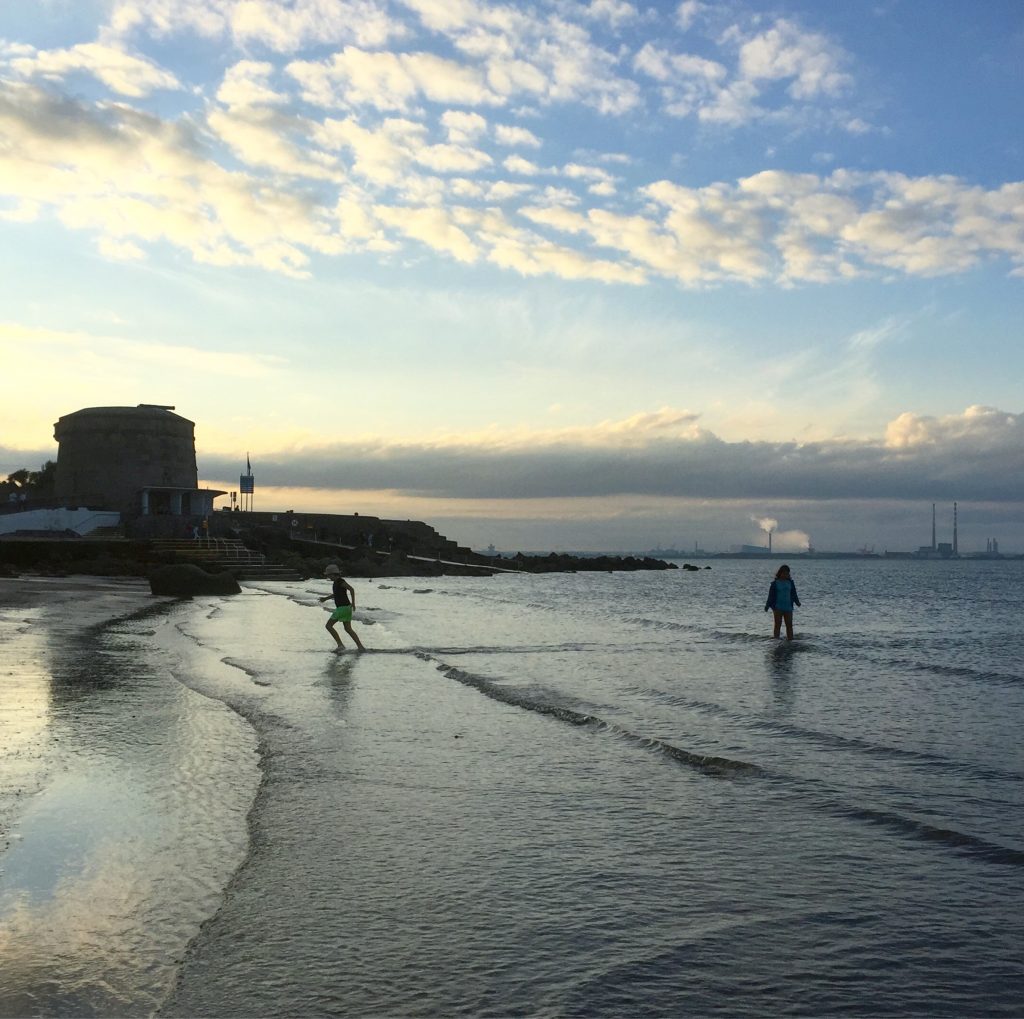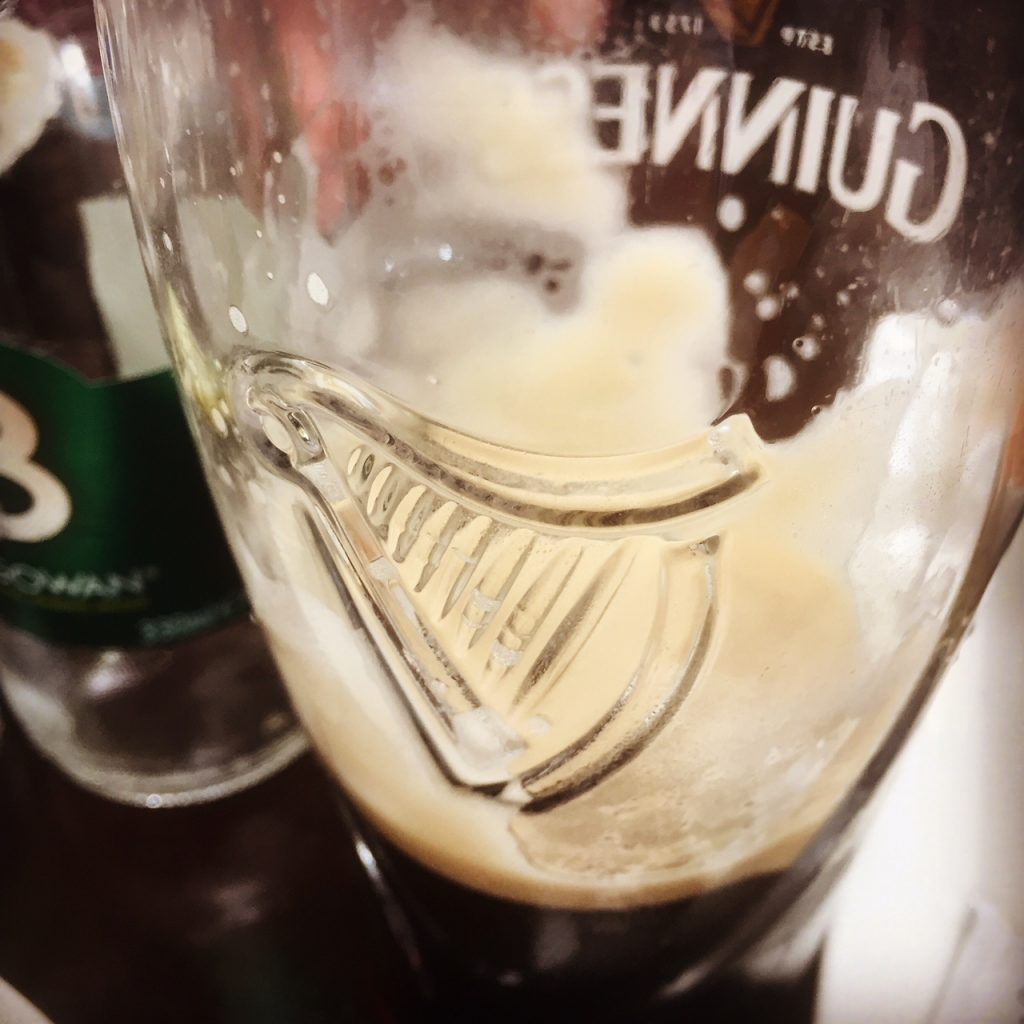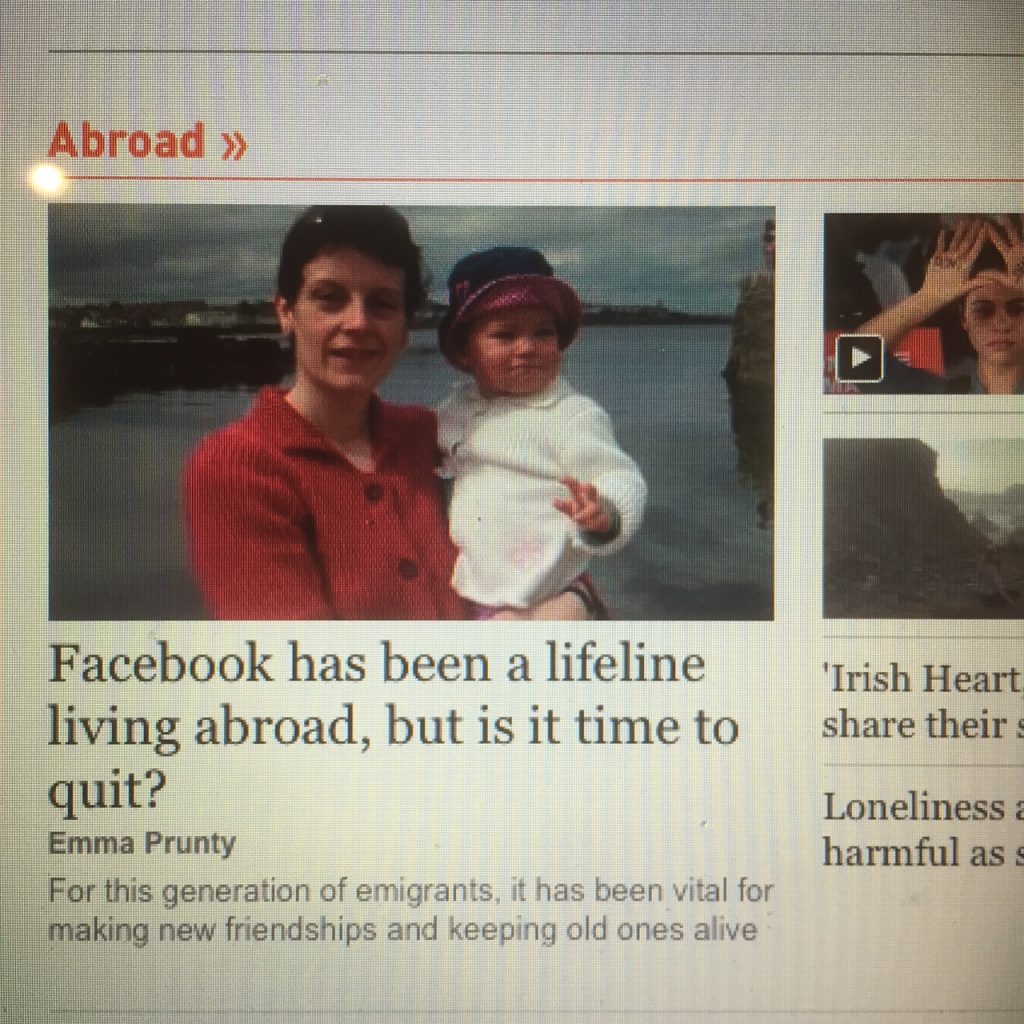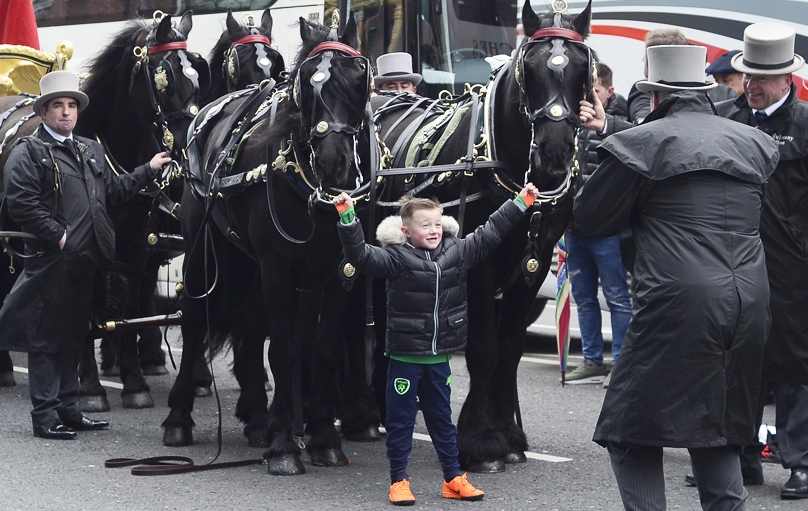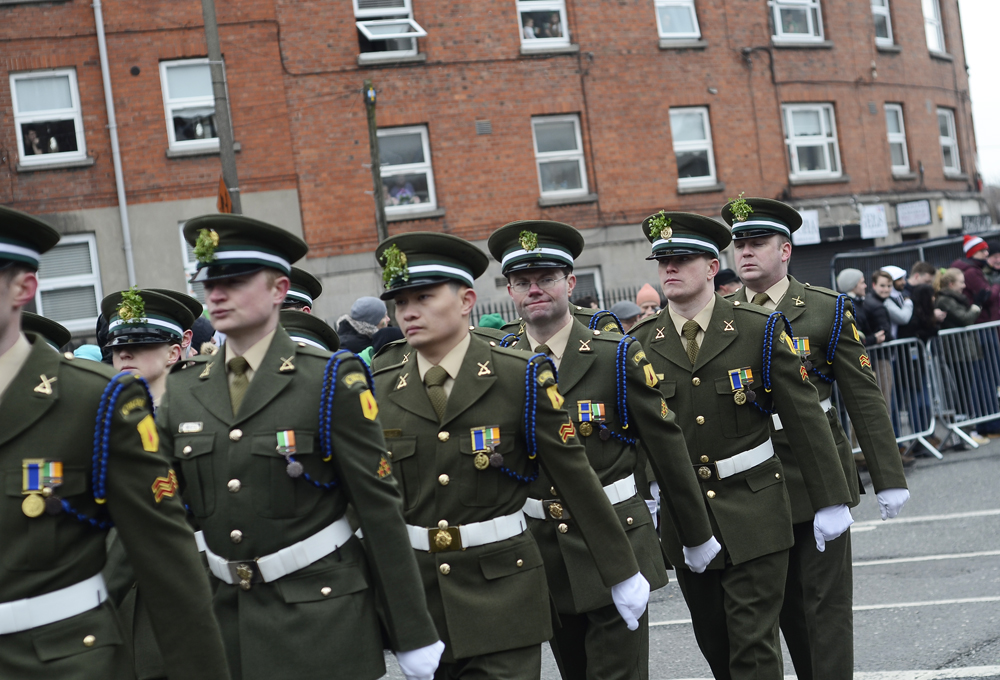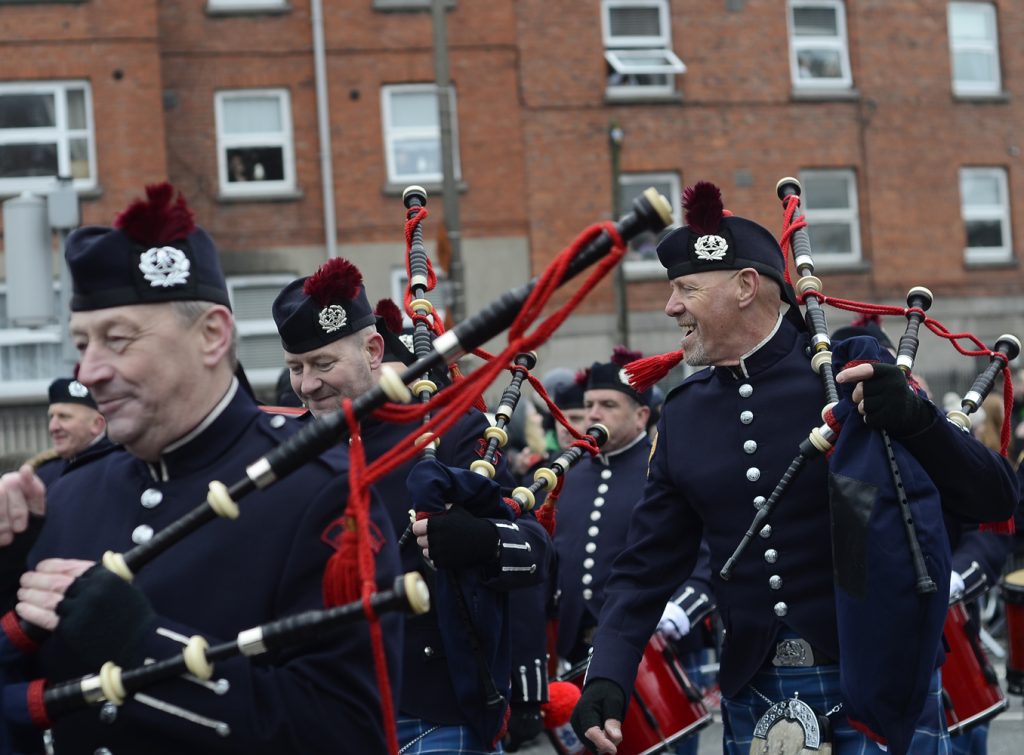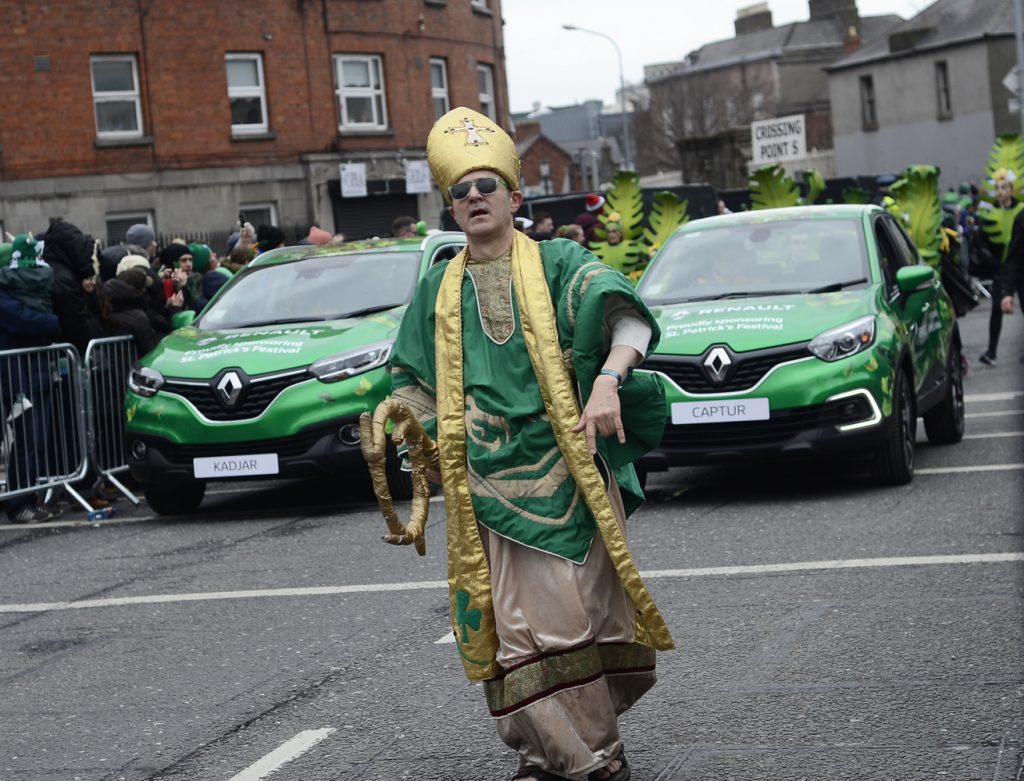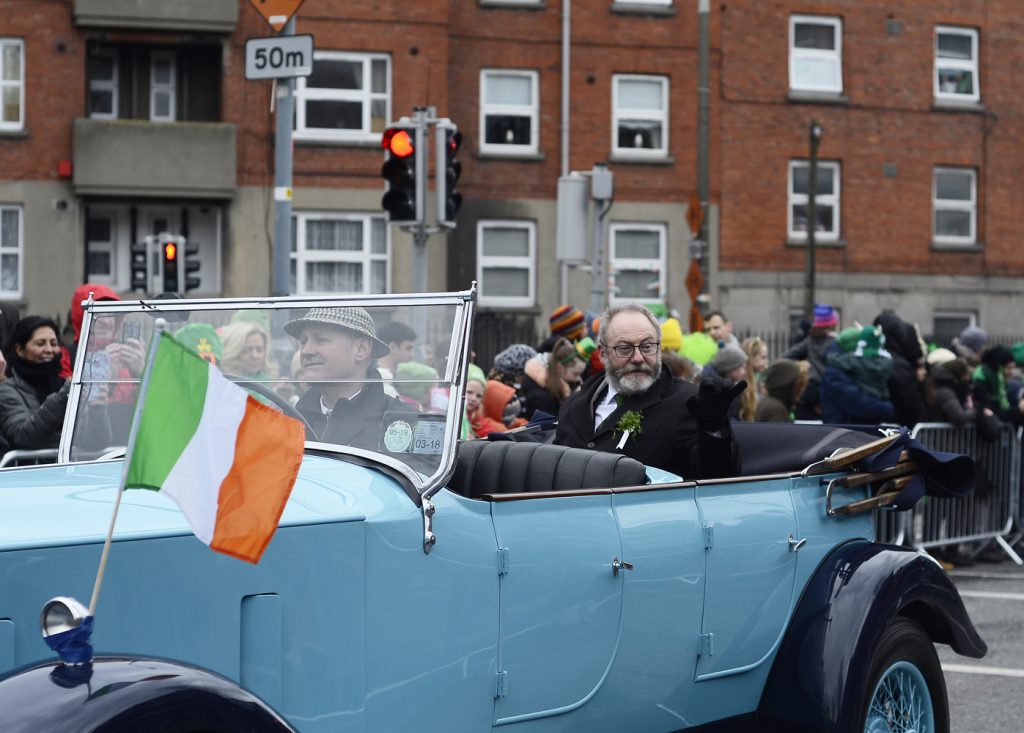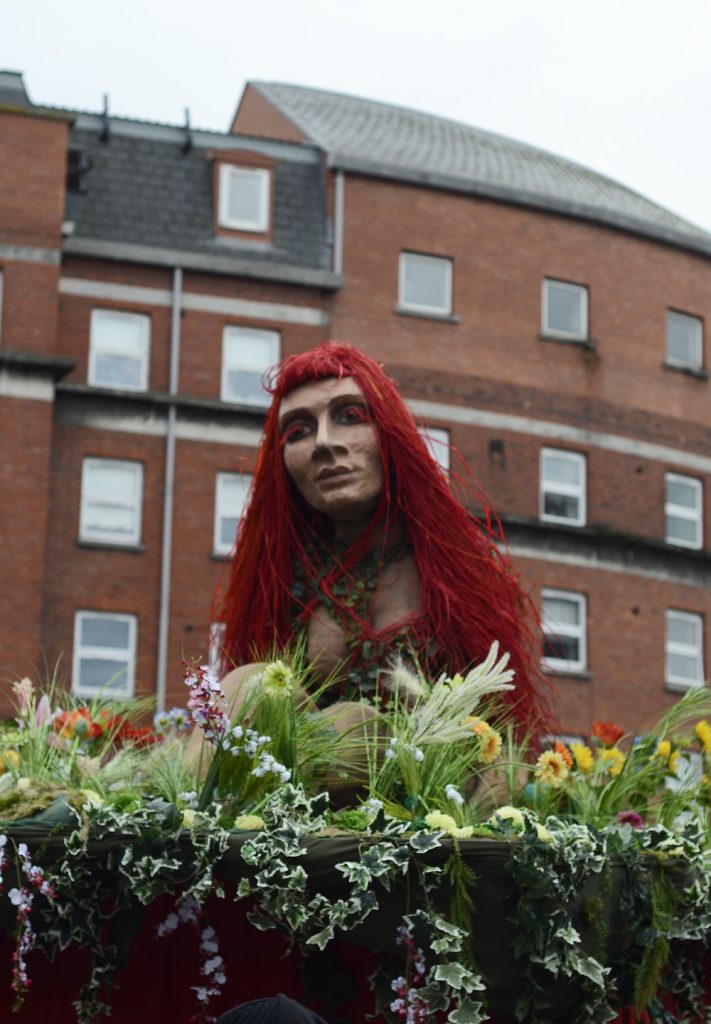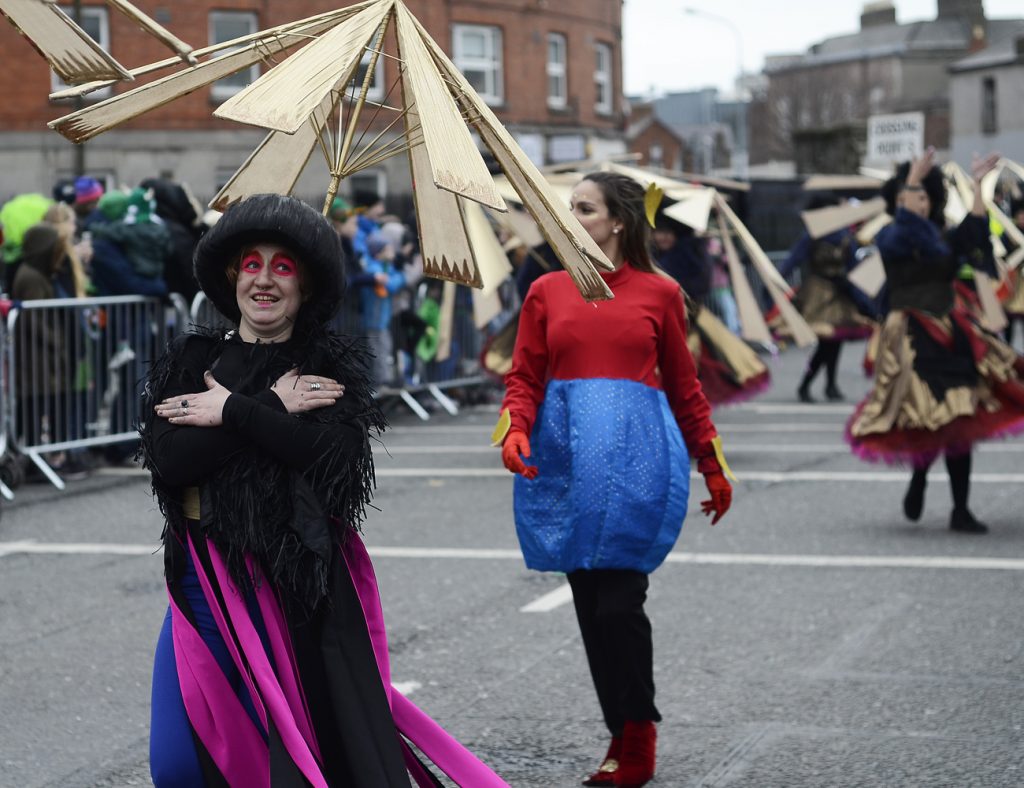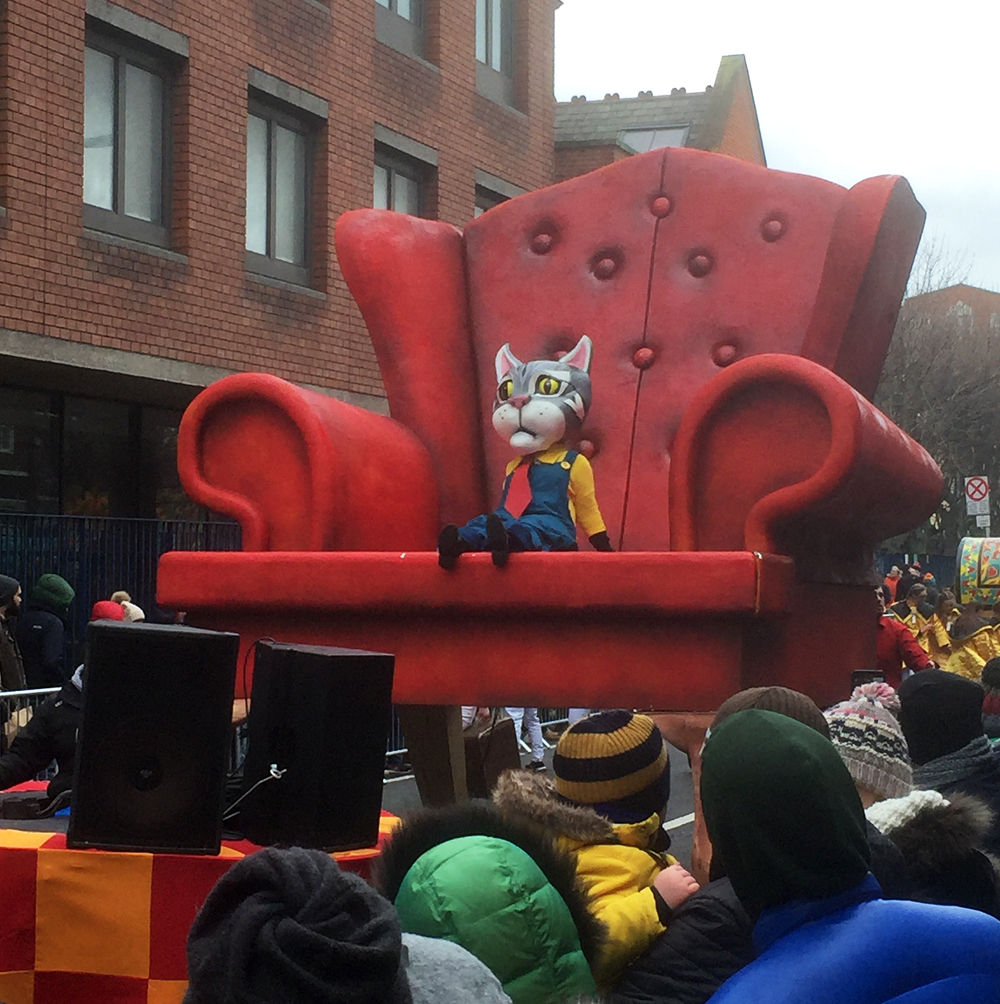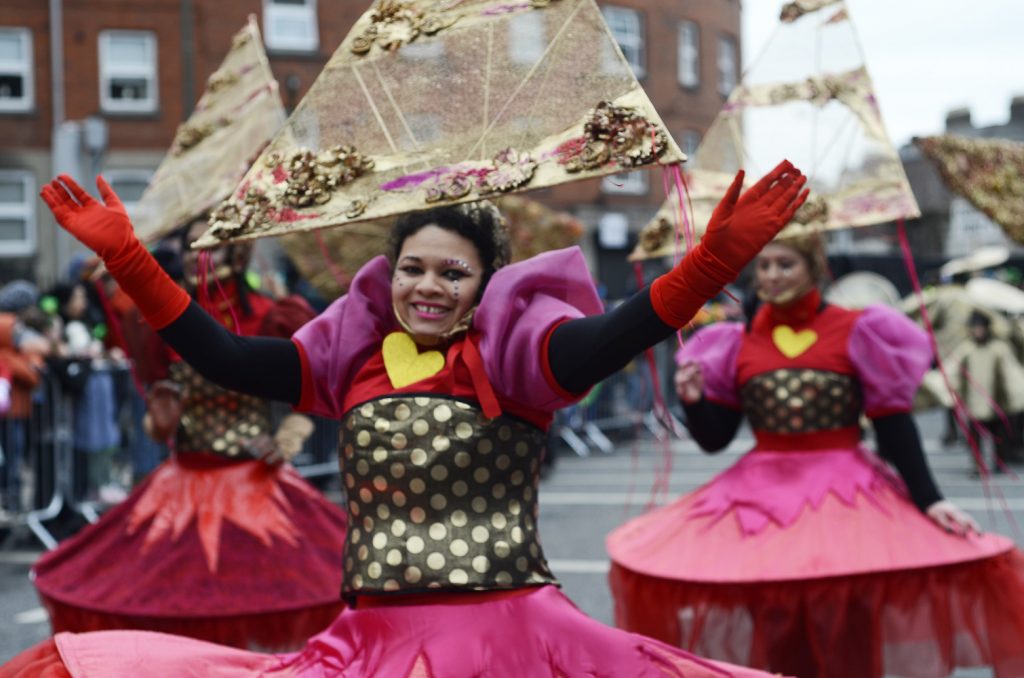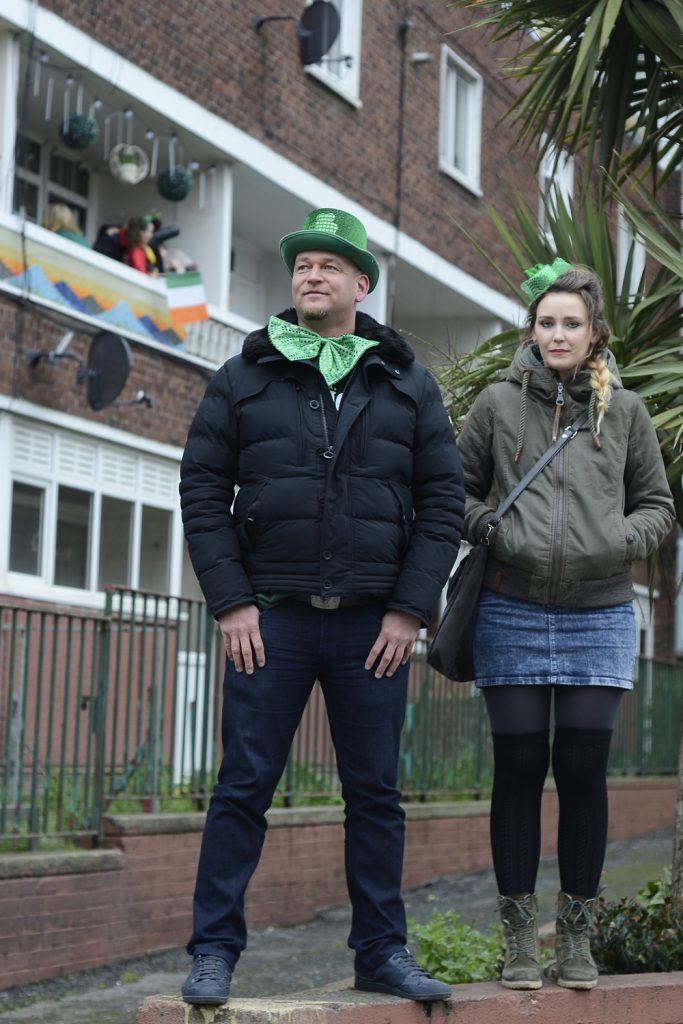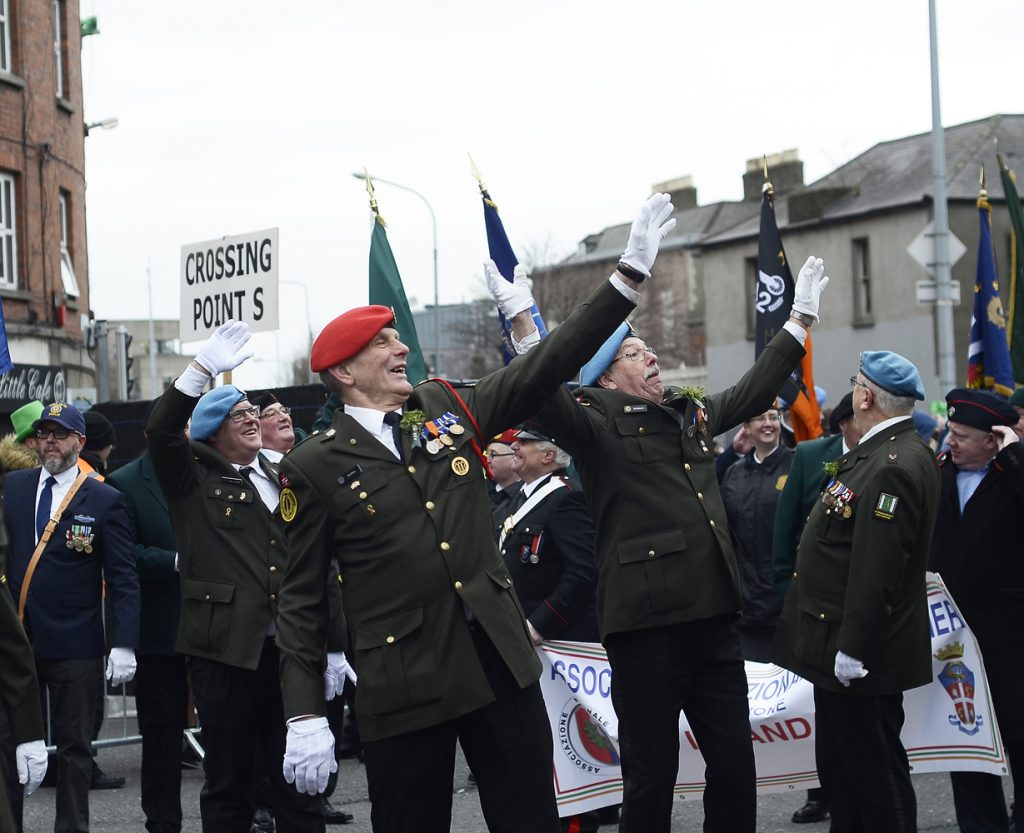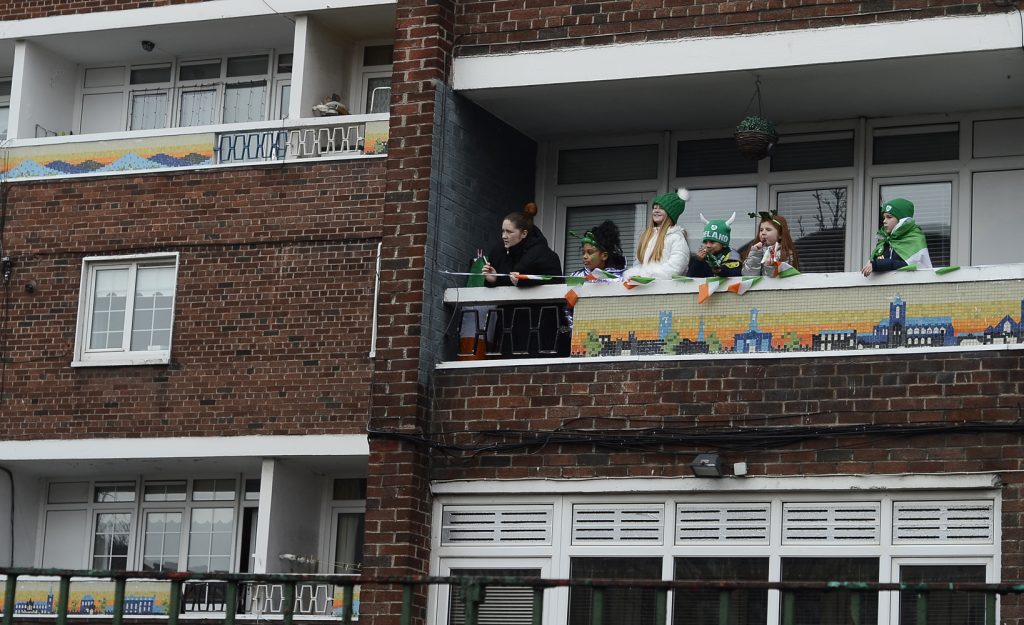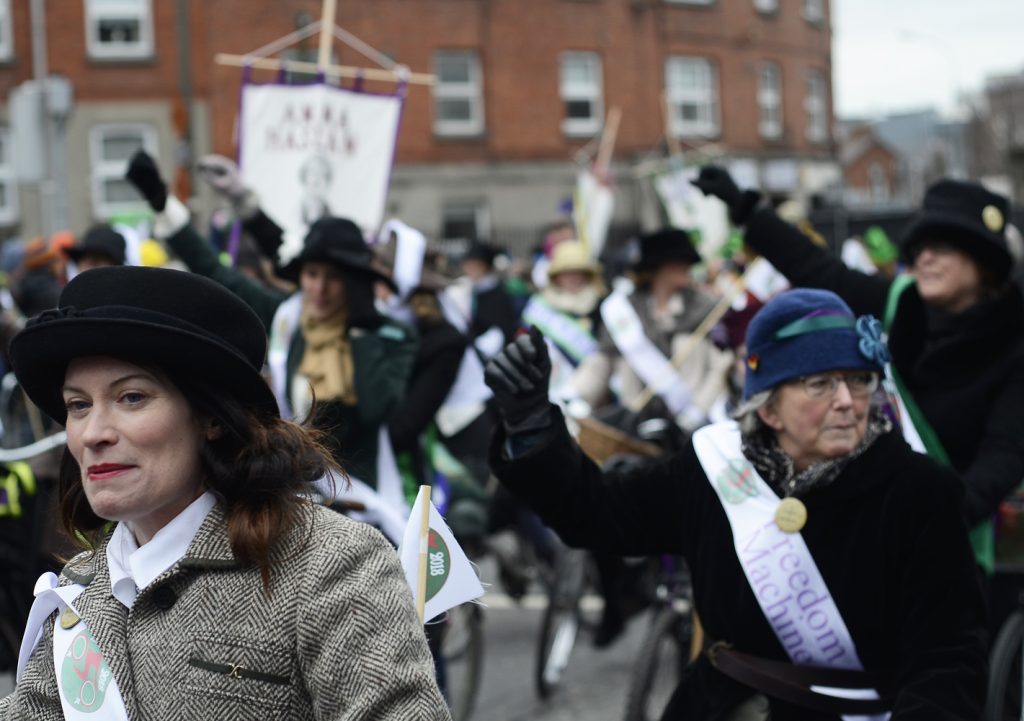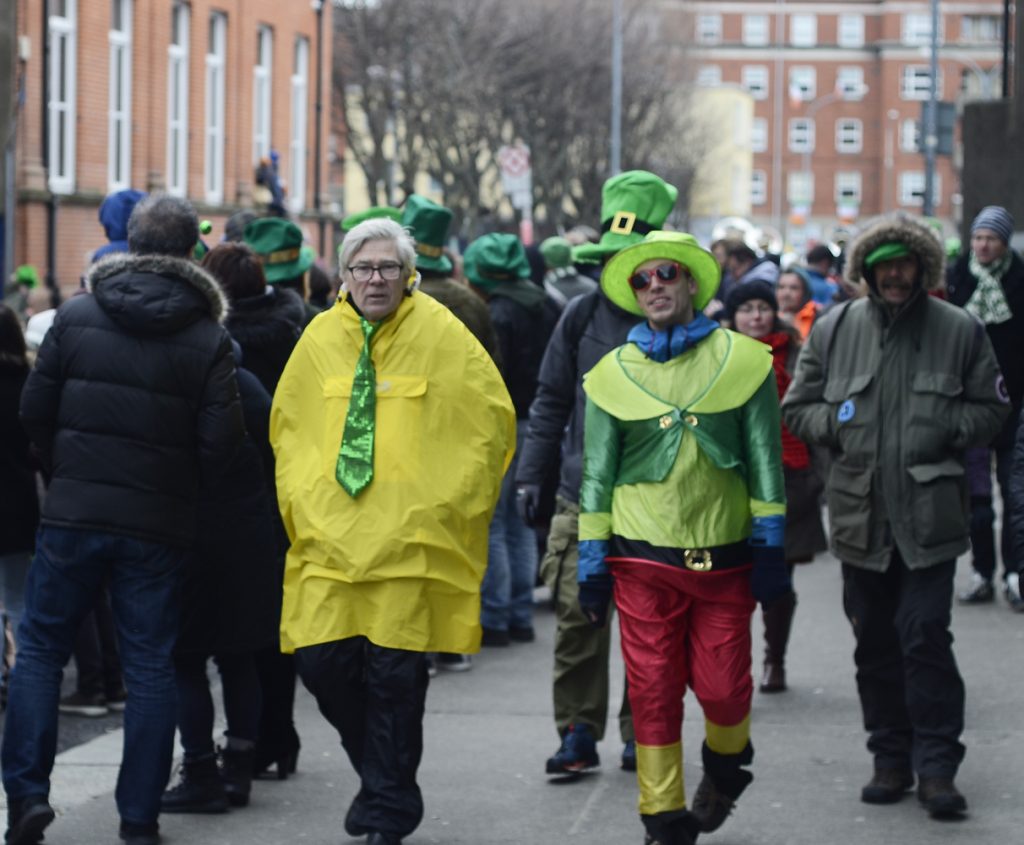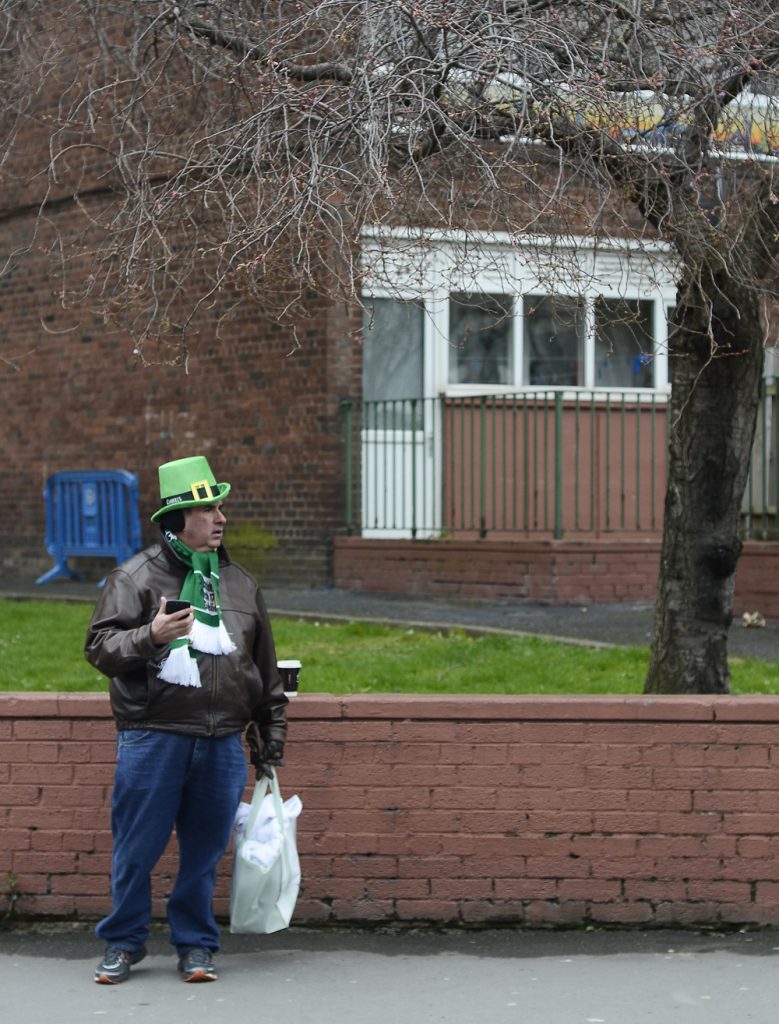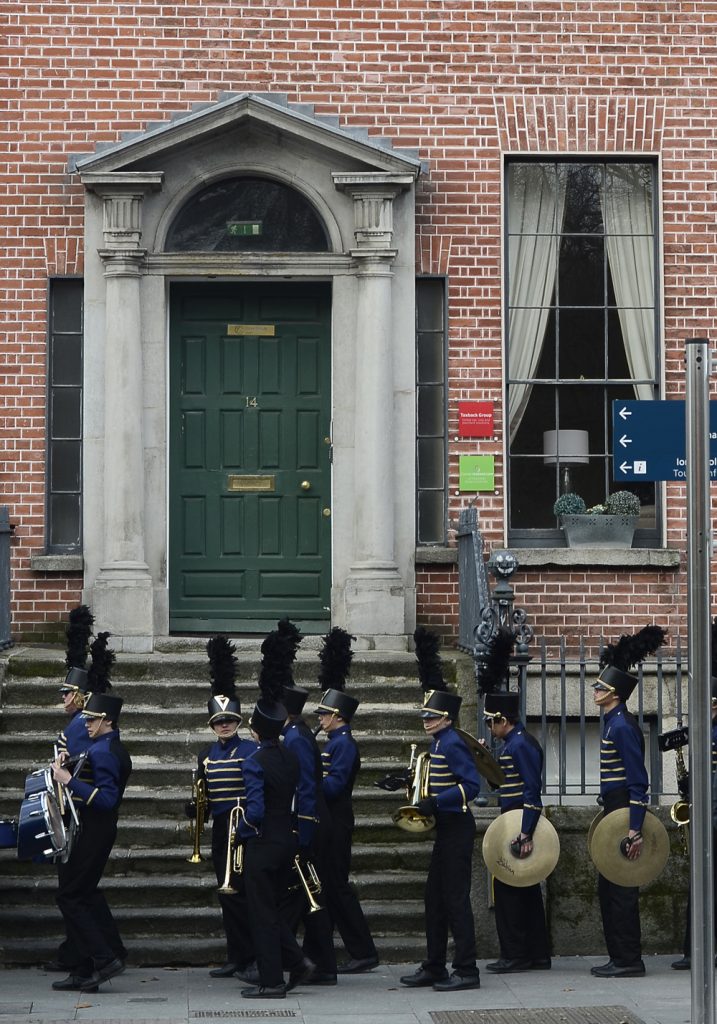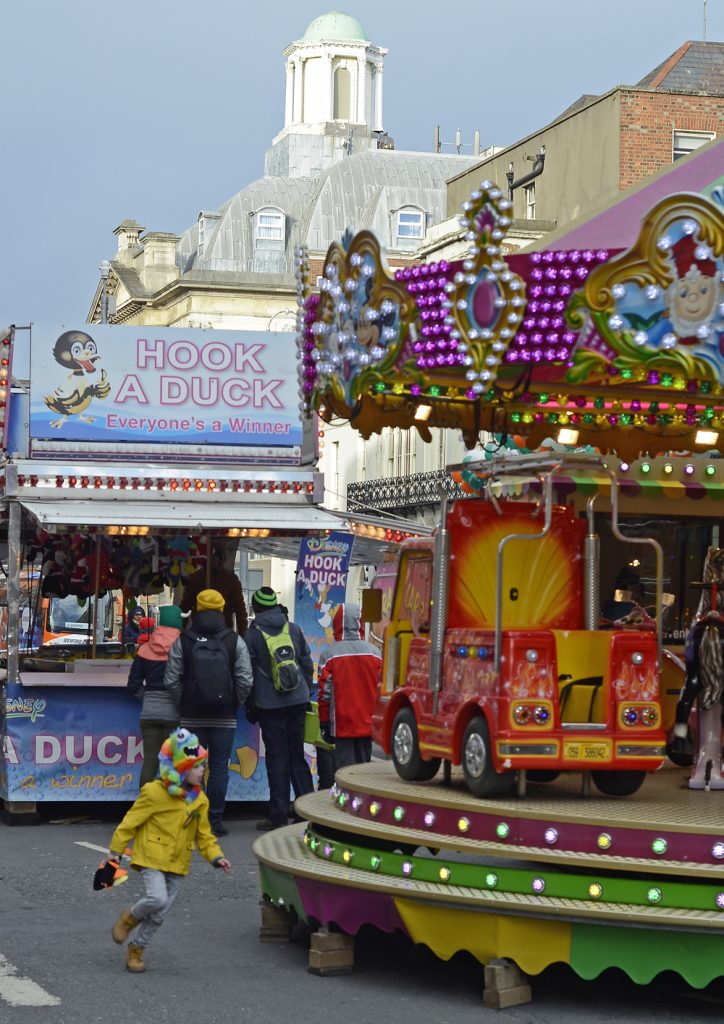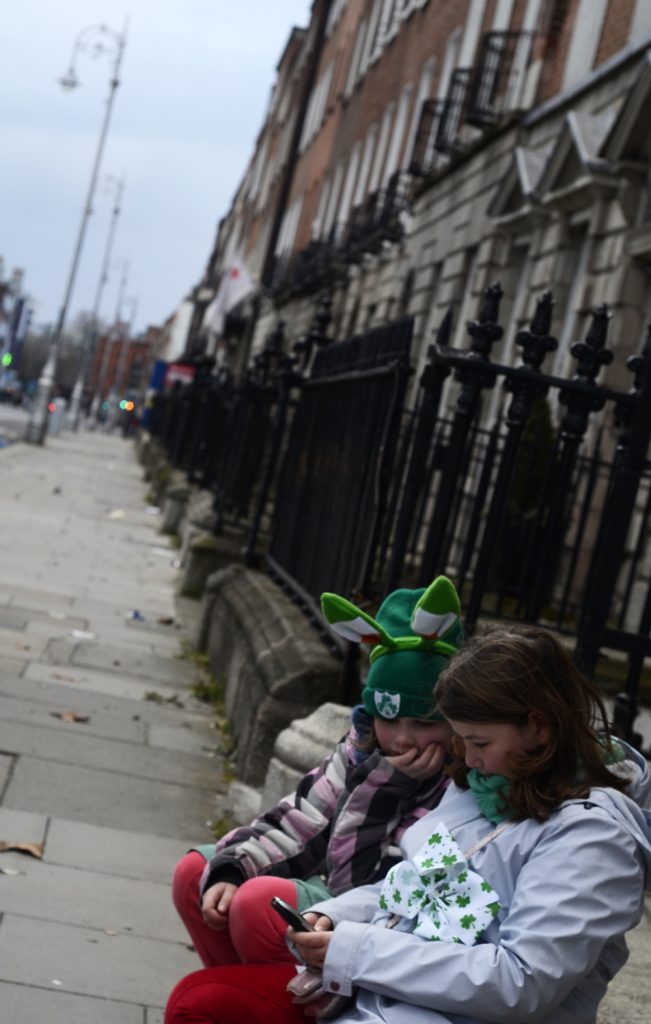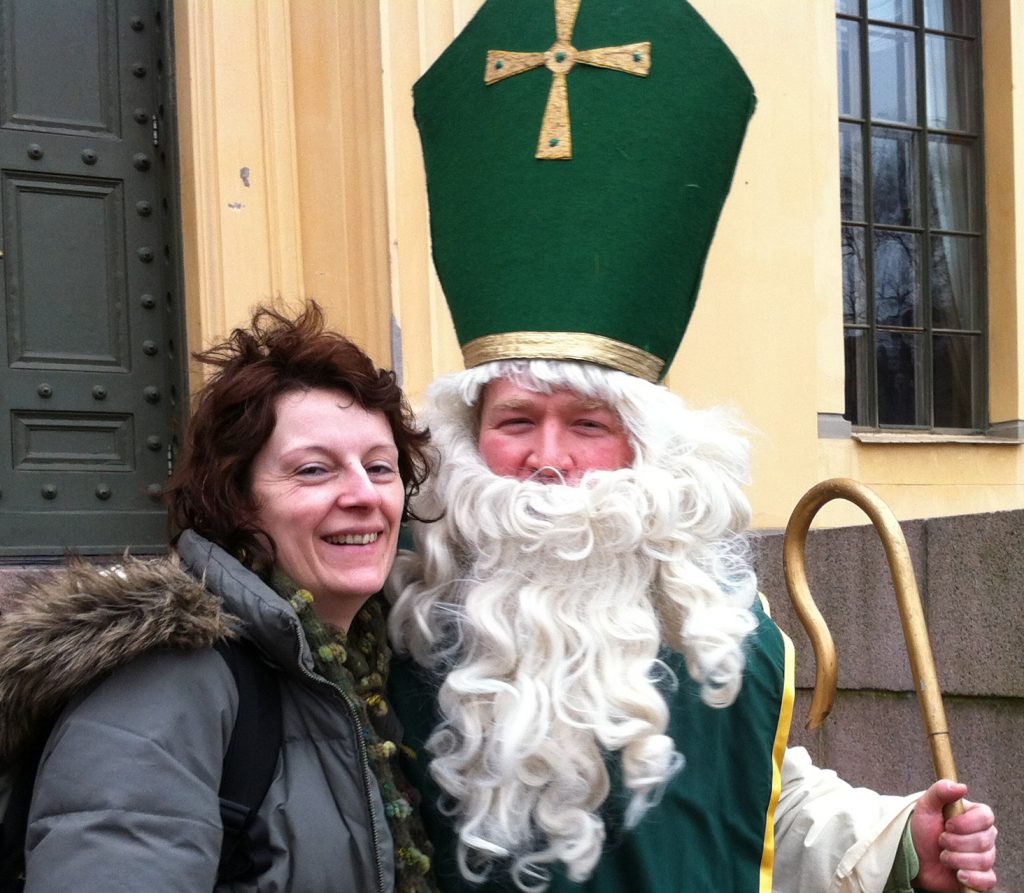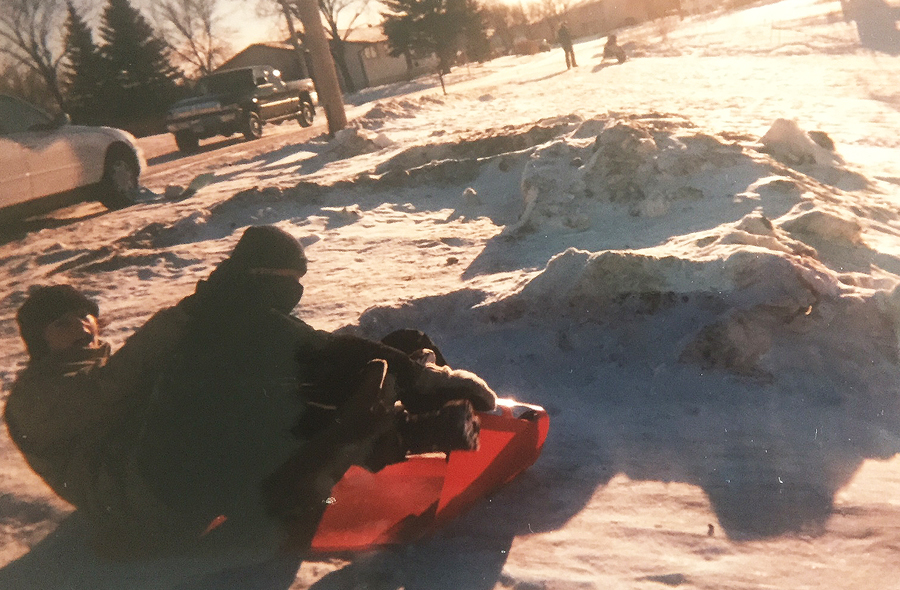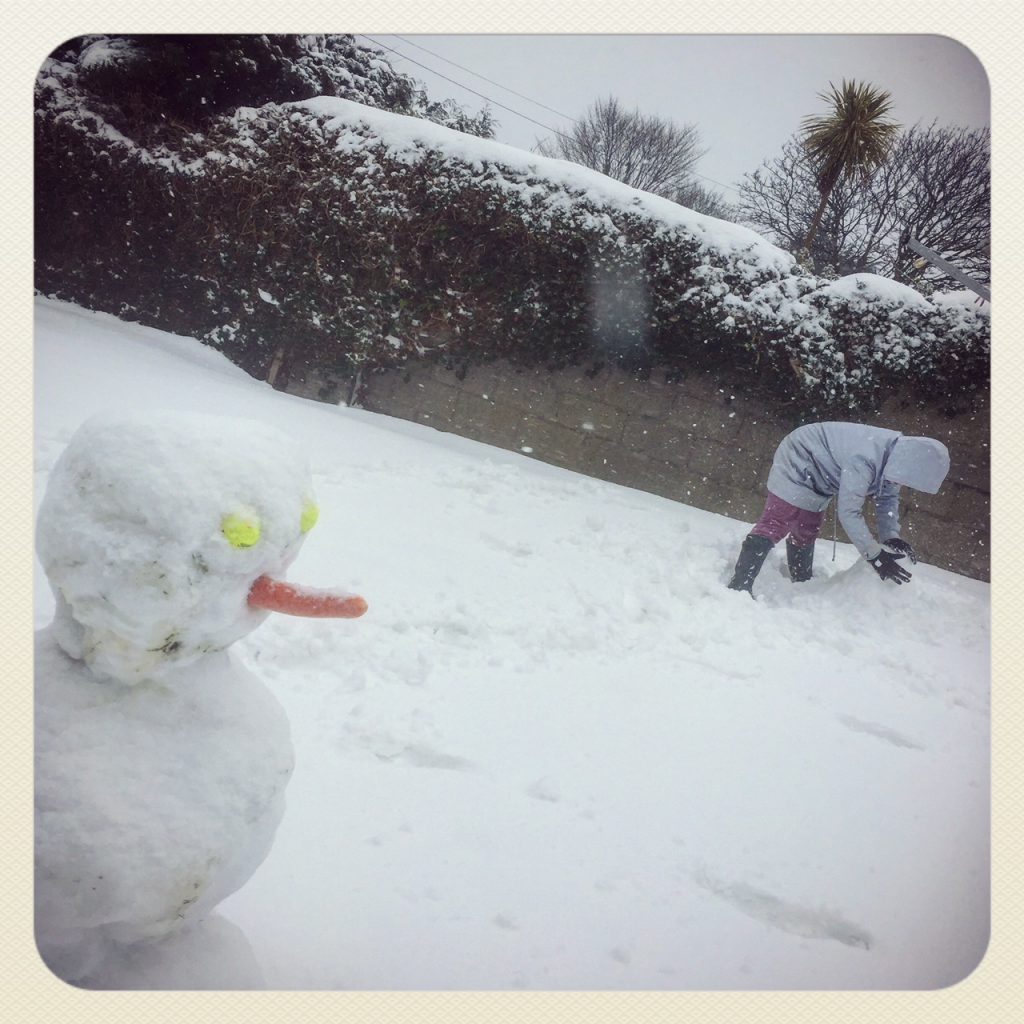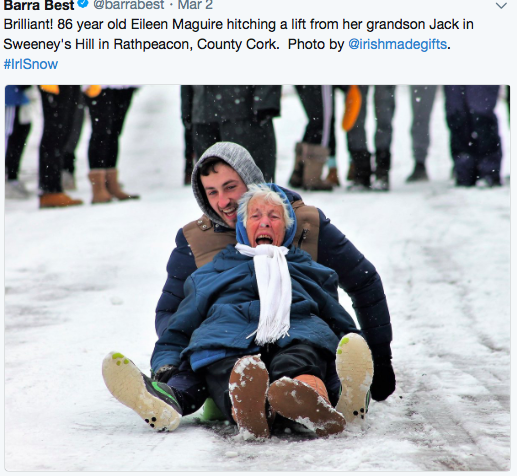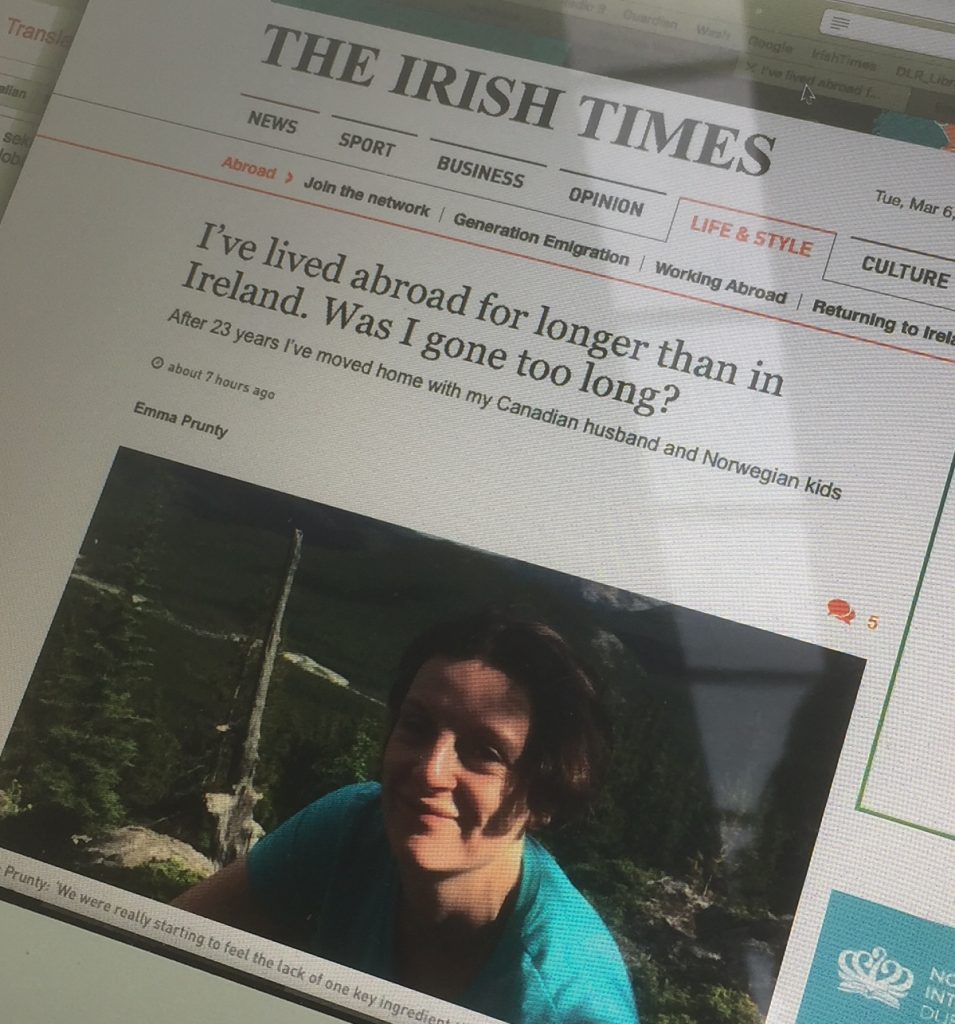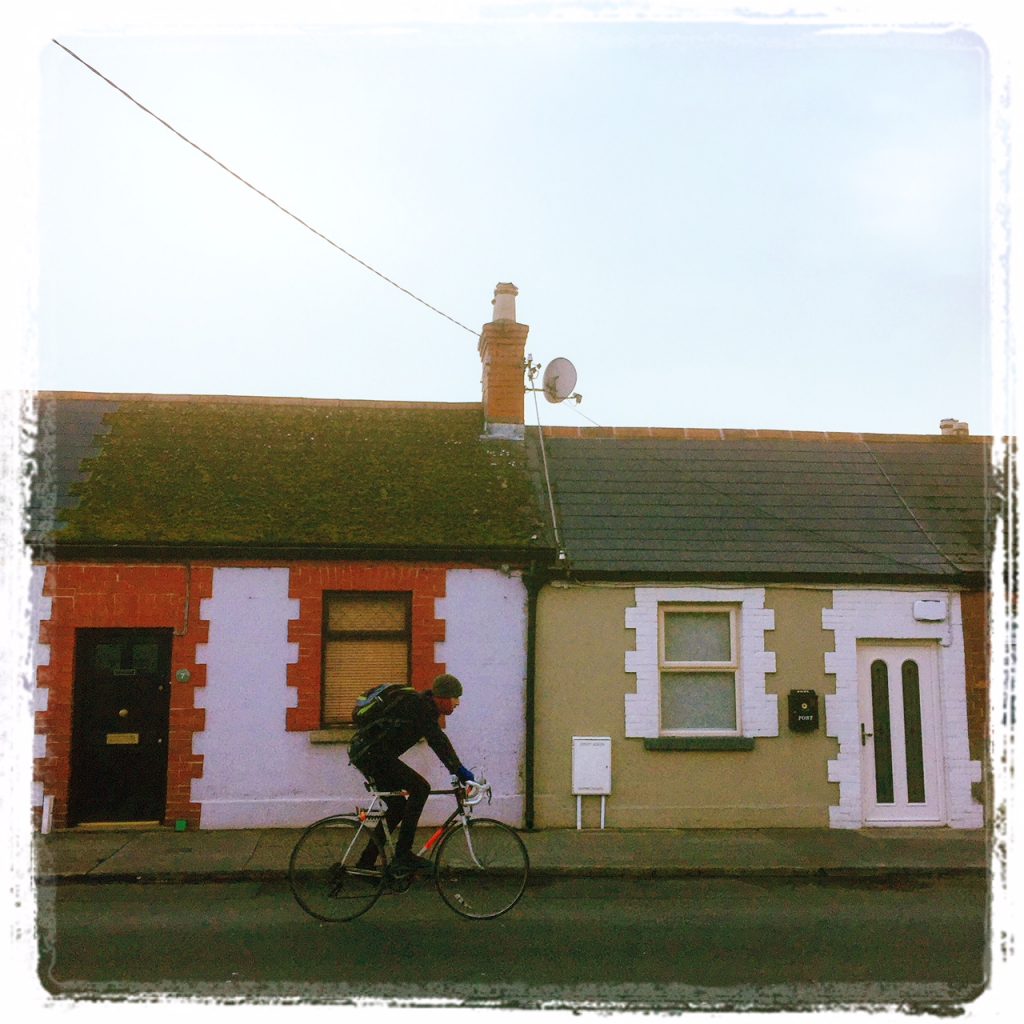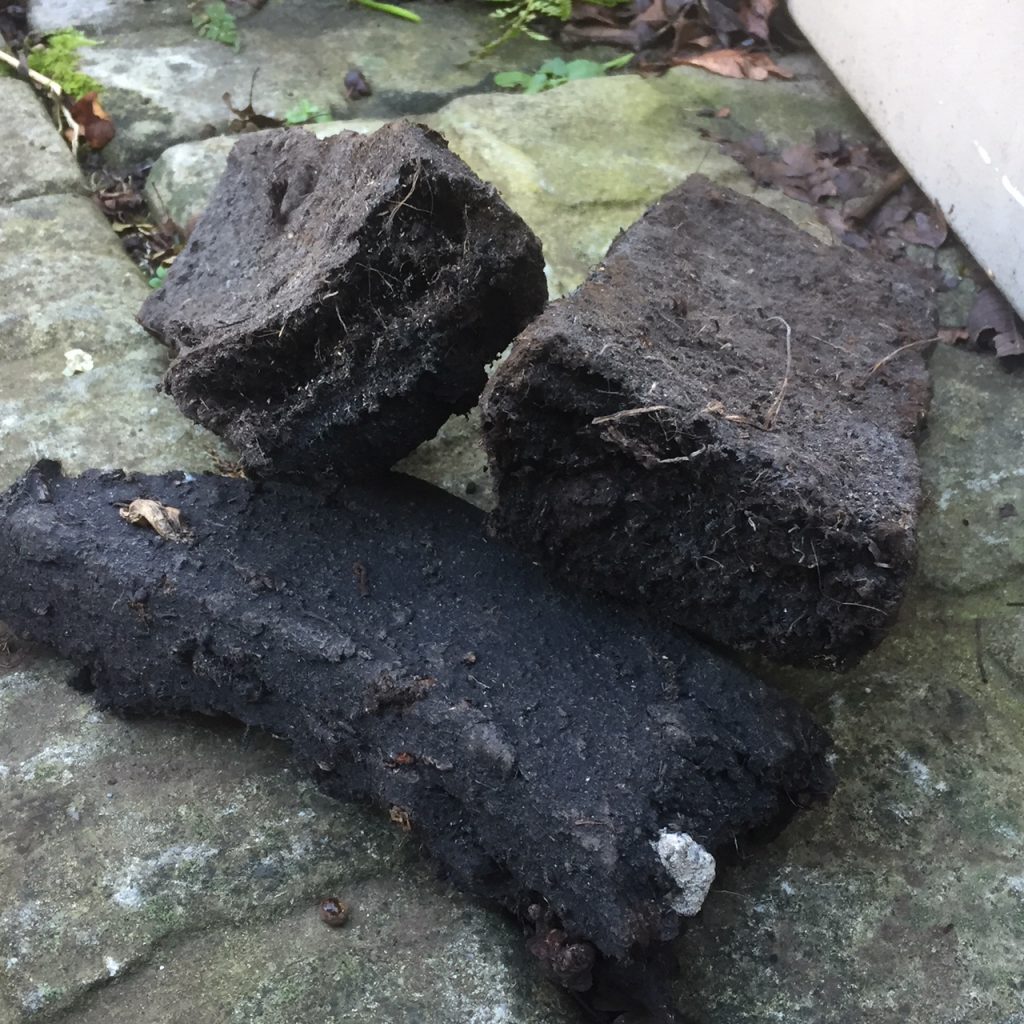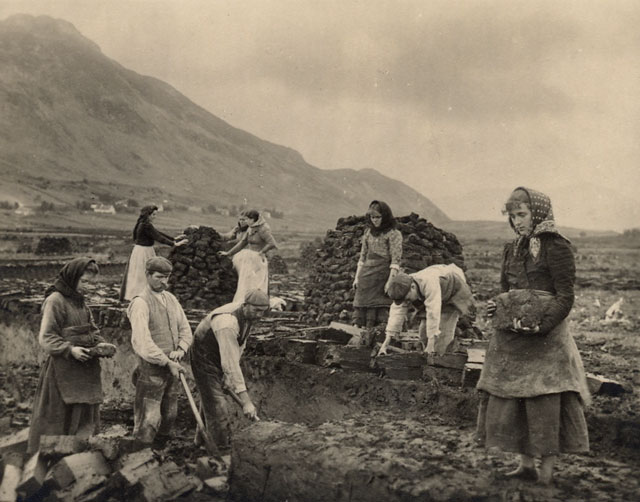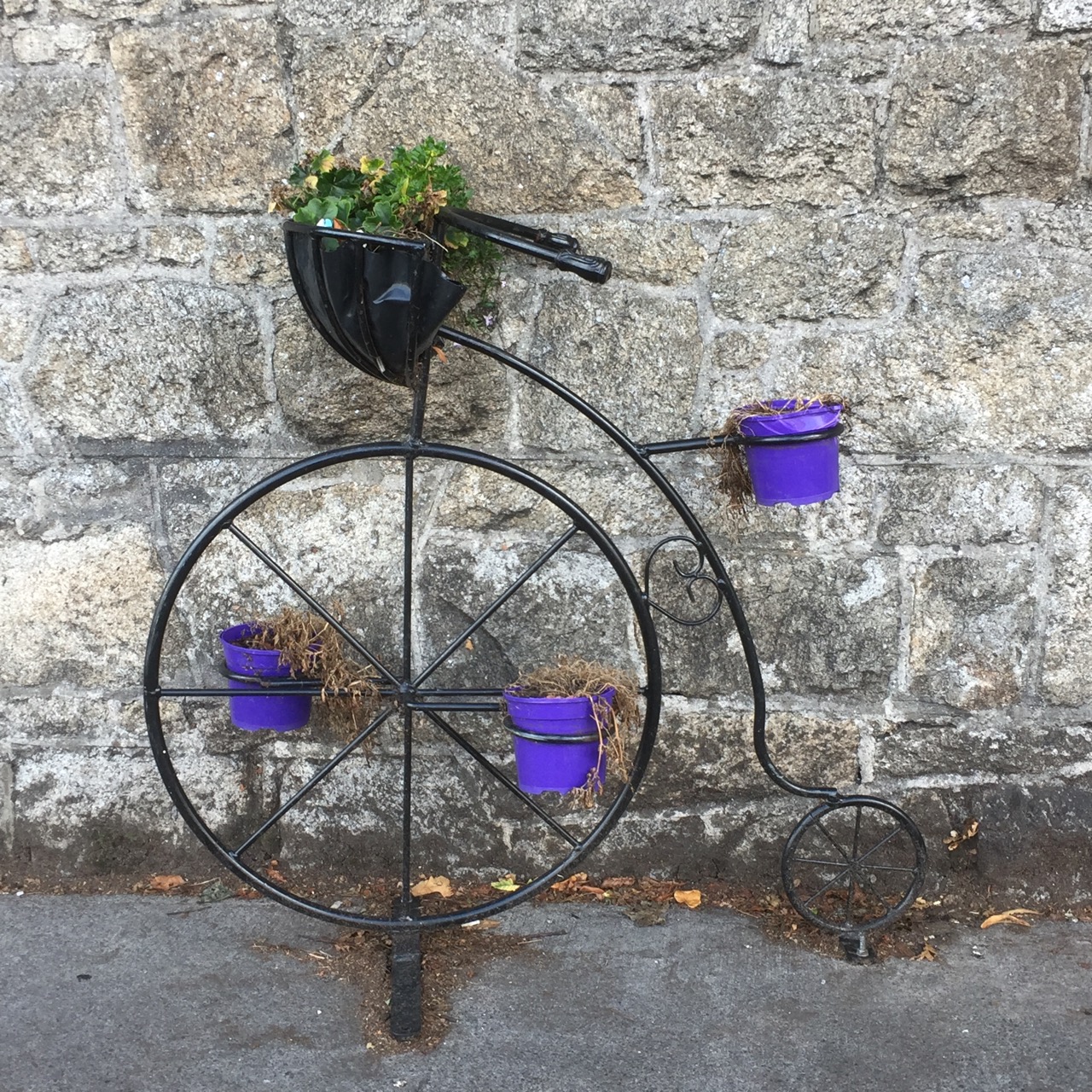We were putting out our bins, the neighbour and myself, and I asked her if she’s enjoying her daily swims in Dublin Bay. “Emma, it’s lovely these days”, she says. “the water’s 12 degrees!”. “Awww,” I reply, “I really will get in one of these days”. “So you keep saying” she says, and heads back inside.
It’s mid-November in Ireland–a strange time to think about starting to swim in the sea again. But it’s all I’ve been able to think about for the last few weeks.
I had some lovely swims in Ireland in the summer but I was done by September and I’ve really just been waiting and waiting for the local pool (my happy place) to be allowed to reopen. But this is 2020, the pandemic has turned many things upside down, and half of Ireland is out swimming in the cold waters–of sea, river and lake–and telling the rest of us all about it.
I never before thought I’d want to swim in very cold water but it’s looking weirdly appealing. Maybe I just have FOMO, or I’m following too many Instagrammers taking morning dips in Greystones and Mayo; they look so happy, and healthy, and tell us all the good things about it: could it really be so difficult to just get into that cold, grey, stringy-looking water? Best of all, they’re socialising, which we can’t do anywhere else this year.
Telling no-one about my obsession, I prepare for it in my head– I’ll put on my togs before leaving the house, maybe take the car as it’d surely be too cold to cycle home after, bring tea or coffee in a flask, and a hat and an easy bra to change into after. As for being in the water, well you obviously just need to brave it for a few minutes to get the minerals and the endorphins, or whatever it is they’re all having.
At the end of October, I start tracking the tide times for Dublin Bay, but still quietly cycle past Seapoint and Sandycove, just to have a look. All I see are happy people, and tune into their glow and not-quite-smugness. One day I’d swear I saw a bunch of them drinking champagne. At 9 in the morning.
I hang on the words of my office-mate, a year-round swimmer, who knows about tides and buoys and quieter spots away from crowds. He reckons Seapoint is still the easiest place to start. “Though never mind Covid”, he says, “there are plenty of other things you might pick up down there”, referring to the sewage-related issues that crop up regularly in that part of Dublin Bay.
He and I guffaw at the Dry-Robers, those 2020 newbies to sea swimming who dress in 180-euro giant coat-fleece things and parade their way afterwards into local cafes and even supermarkets, to the point where one swimming spot was seen to have posters up declaring “no dry robers or dry robe types here”. Another friend tells me her sister, a long-time swimmer, is delighted with the comfort she now has with her robe. I was planning to do this the hard.. I mean.. proper way, no wet suit and an old towel.
It’s now November and I’m still obsessed with trying this out for myself. Most people I know wouldn’t dream of getting into the sea in Dublin at any time of the year, let alone late Autumn, and I hardly ever swam in the sea as a kid – our summertime family beach in Connemara was cold, rocky and rainy, a pure jellyfish colony.
But I love the act of swimming, and as a woman in my 40s, I appreciate new experiences more than ever. And with this pandemic, any experiences at all are hard to come by. I want to know what it feels like, whatever other people say, either for or against it. If I’m going to call other people crazy for doing it, then let me see if I can be crazy too.
The spirit finally moves me – and propels me out of the house – unexpectedly on a dreary, rainy Saturday afternoon, after a week of sharp sunshine. This is the day. I cannot wake up yet another morning and not have done this thing that has taken over my thoughts.
I slip out of the house and tell my husband and kids I’m “going out for a bit”, closing the door before they think to ask me, where exactly? Or worse, hear their shock: “it’s cold and raining, why would you even think of going for a swim?!”
I take the car–one concession to weakness– and as I drive the 7 minutes down to Seapoint, I look for signs that I should just go home. But every light is green, and there is even a parking spot right by the bathing place. It’s drizzling heavily now (as it can, only in Ireland) but somehow that makes it more appealing. There’s quite a crowd and I throw myself into the mass of unknown faces and bodies in various states of goose-bumpy undress, taking on the clearly-tricky task of finding a dry spot under the shelter to leave my clothes on a bench that’s not occupied by someone in a warm coat who’s just there “for support”. I drop my bag on a spare dry spot and pause to watch the scene. I zone in on the obvious regulars – how they efficiently undress, get straight in the water and get out of there quickly.
Long used to all sorts of pool changing rooms, I hang up my coat under someone else’s, drop my clothes onto my bag, tuck socks into my boots. I brought flip-flops but they seem silly now, considering it’s raining on the slick granite flagstones. It does feel good on my bare feet, my head also bare of a hat, my hair hanging loose as it never can in a pool. The air is cold but I tell myself not to care. Did I mention it was about 9 degrees? But hey, it’s supposed to be 12 in the water!
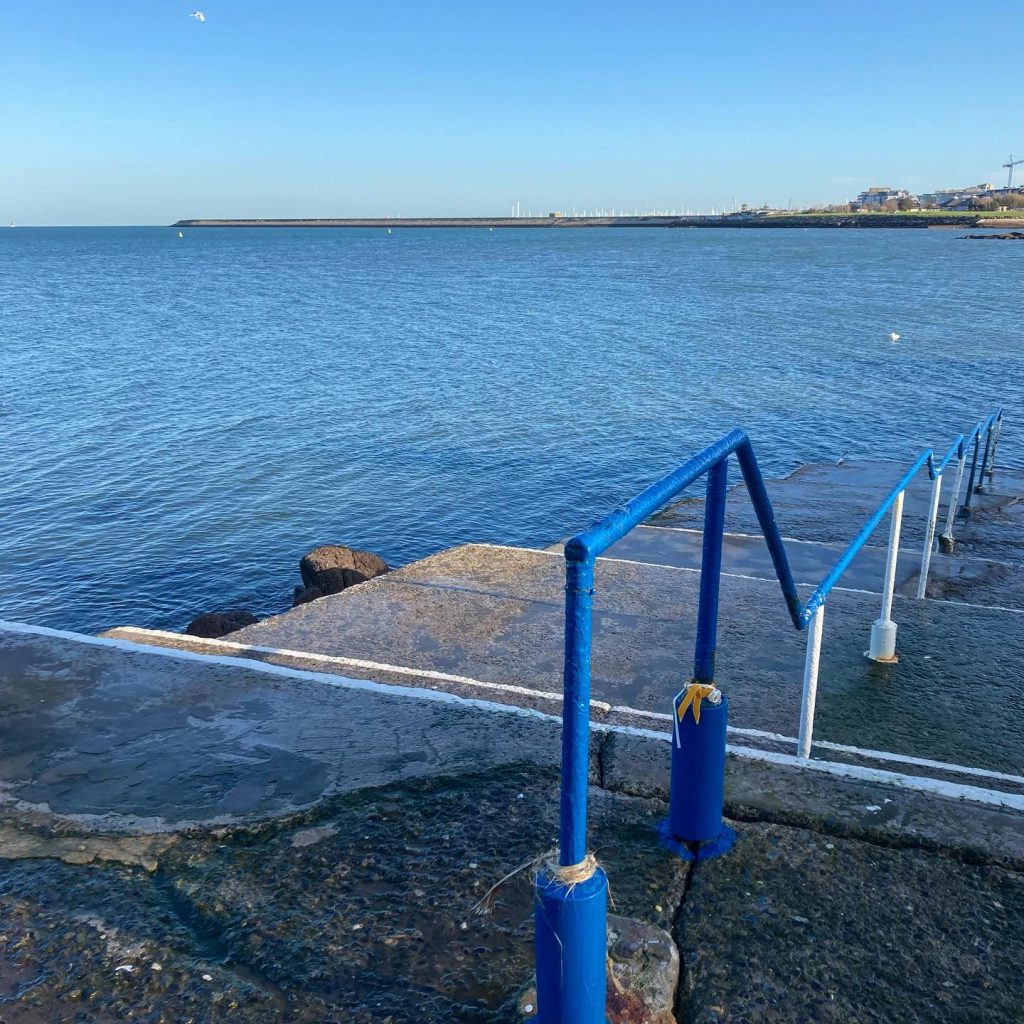
I head for the steps leading into the water, steps that have been used by generations of Dubliners, the iron hand railing rusty to the point of serious injury risk (though the council mustn’t think so). There are people all around but I focus, I just have to keep moving forward now and be ready for the feeling of that water. Two younger women beside me shriek as they enter the water; I laugh along with them and I tell one of them how much I love her red lipstick.
I keep going and then it’s just me and the sea.
The water is a shock of cold on my legs. But instinct–and experience of Irish waters–tells me to pause, to slowly absorb the shock: it can’t get any colder. My heart astonishes me by pumping like the clappers, my breathing races, it’s a pure high. Once I get used to that I slowly move forward, in and further away from the top of the steps. I look back once, to see the lipstick girl having her photo taken by a heavy-coated friend, and I keep going, bending my knees to feel the water on my hips. And then I’m in. The cold has done its worst.
I can feel that my body needed the water, the feeling of immersion, inside my toes and between my legs, under my arms and behind my ears. I’ve read somewhere that as the body becomes used to the cold of the water, it develops a sort of thick outer skin, like a natural wet suit.
The waves are kind today, as if they knew I needed help to feel at ease here. Find my own home in it, not that of someone else who says how much it means to them to swim in the sea. My body floats and moves along with the waves, feeling part of their substance and their weight, I feel balanced.
The cold is no longer important. I bob along, move my arms and legs all around me, letting the gentle waves and salted weight of the water hold me upright while I take in the sight of the horizon right at my eye level, the bottom of the Pigeon House towers disappearing into the water.
I swim on my back, like a seal, past three ladies in bright coloured hats–their familiar way of talking propels them forward more than their swimming strokes do. “There’s a rainbow just appearing there on the right”, I want to say to them, but don’t. Don’t be an eejit, they’re not paying attention to anyone or anything but their routine, their connection, this water accommodating the threads of friendship between them, never more needed than in this second lockdown of the year 2020.
My brain tells me I shouldn’t stay in the water for long, even 5 minutes might be enough. I pay attention to how my feet feel and will get out when they start to go too numb. But for now I’m immersed and feel that the sea has been calling me – trite as that sounds, that’s the best way to describe it. I needed to let go of myself, my fear, my confidence, my outer skin. It’s a plunge of faith.
I could see the faith that others had, of how it worked for them. But it’s never the same unless you find your own way to something. Faith can only come from within. A hundred people can tell you to have faith, this will pass, there is something out there, but it’s only when you leap, or let go, or give in, or plunge that you create that faith within yourself, let it spill out, create it yourself and make it real. This is me in the cold sea and it’s amazing.
I’ve gone over and back just between the two entrance points and that’s enough for today. I’ve been in about 8 minutes. I go straight to the point where the rusty bar ends and grab it to guide myself up the steps, walking up and out of the water, past other newcomers, squealing or business-like in their entry into the cold. Without stopping for a second, finally paying no attention to anyone around me I head straight for the shelter where I hope my clothes and towel are still dry. I am buzzing, my skin, my head, my mind are tingling. As I dry myself I see some blood on my ankle where I must have brushed a rock. My towel is too skimpy and I vow to keep practising getting dressed in public, even without a dry robe. My black coffee is still warm and does the job from the inside. It’s only once the clothes are on that I feel cold, a hat on my head helps already and the thought of a shower at home – especially if I call ahead to get someone to put the immersion on.
I chat to the woman beside me who is, naturally, getting dressed faster and more efficiently than I am, slipping on bras and socks with nary a piece of flesh unwittingly shown. Carefully wording my questions to hide any inkling that I haven’t done this before I ask “Would you come in daily or a few times a week?” and “It’s not so cold today really is it? Even in this rain”.
“See you again”, she says with a smile she’d give to a fellow regular. “You will”, I reply.
I will be back, and next time I’ll know the score; how to dump my things, ignore everyone and just get myself back into that seductive cold sea.
Sea – big blue wobbly thing that mermaids live in
Baldrick
